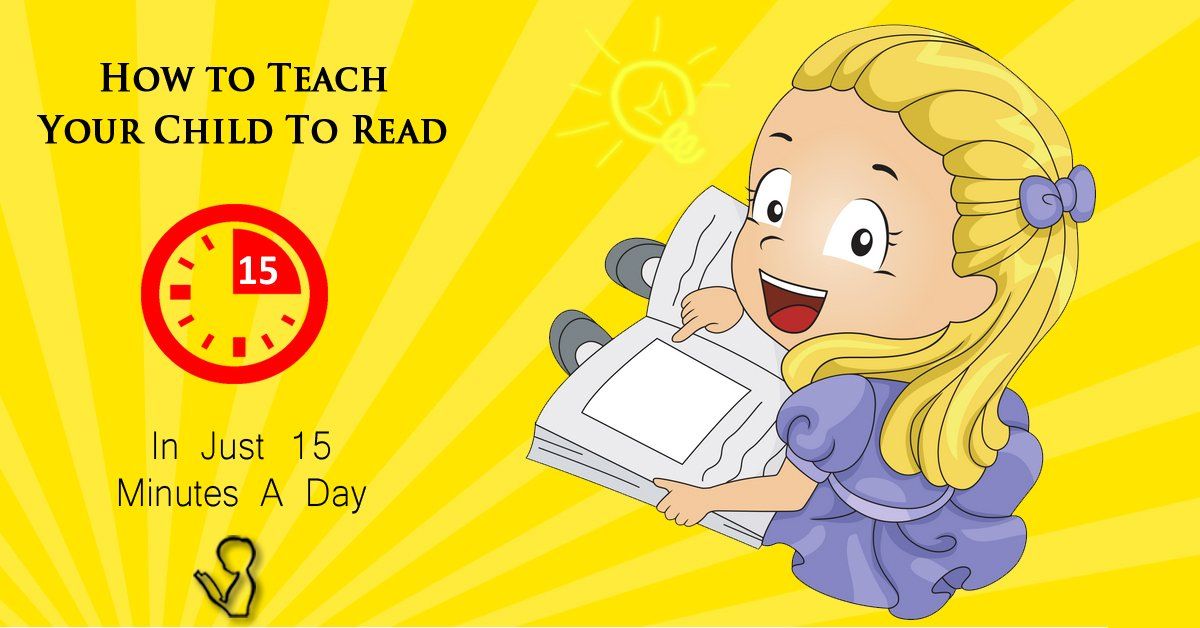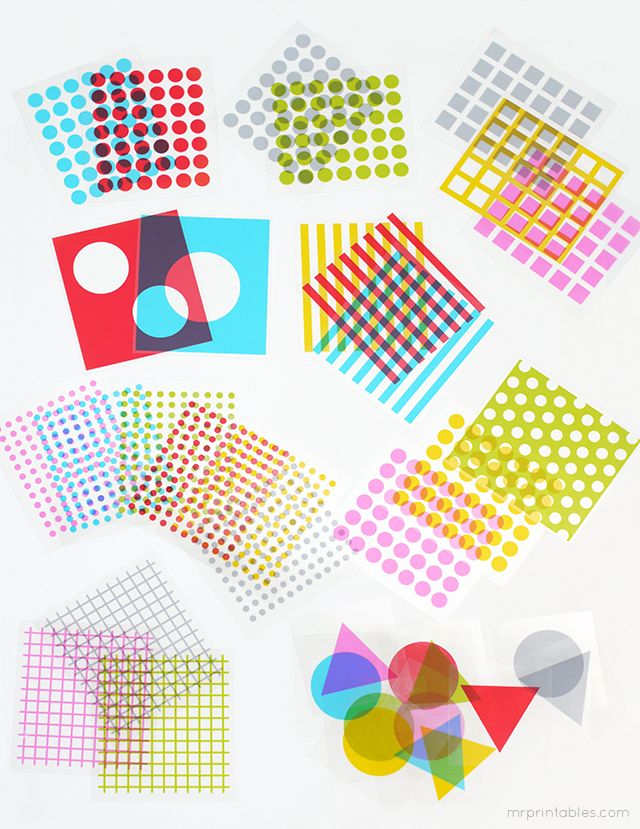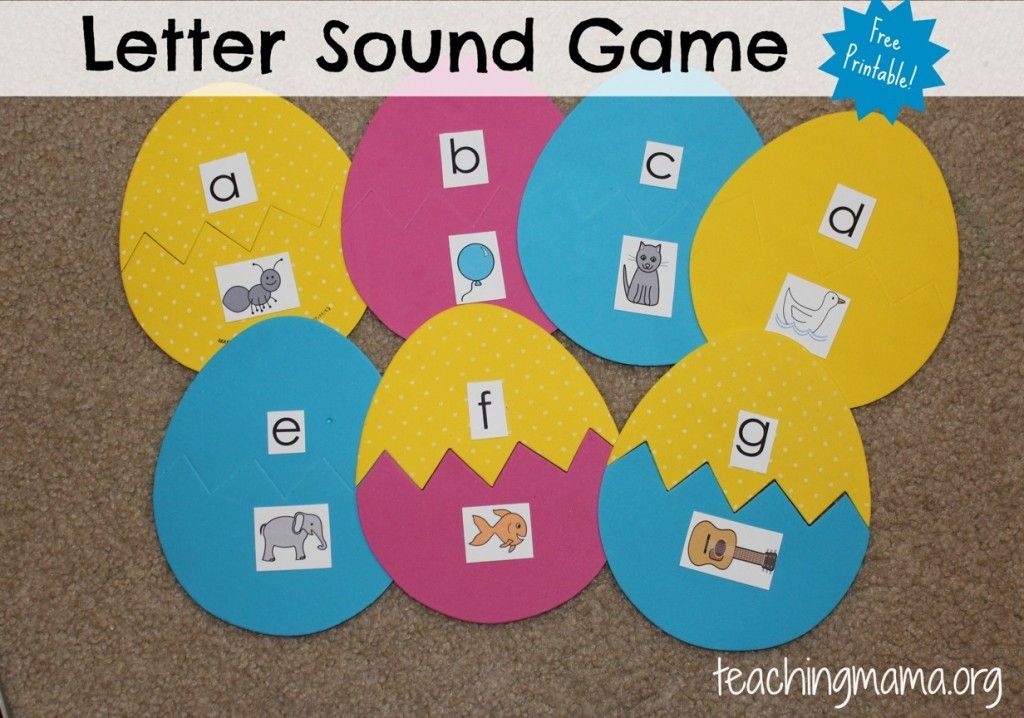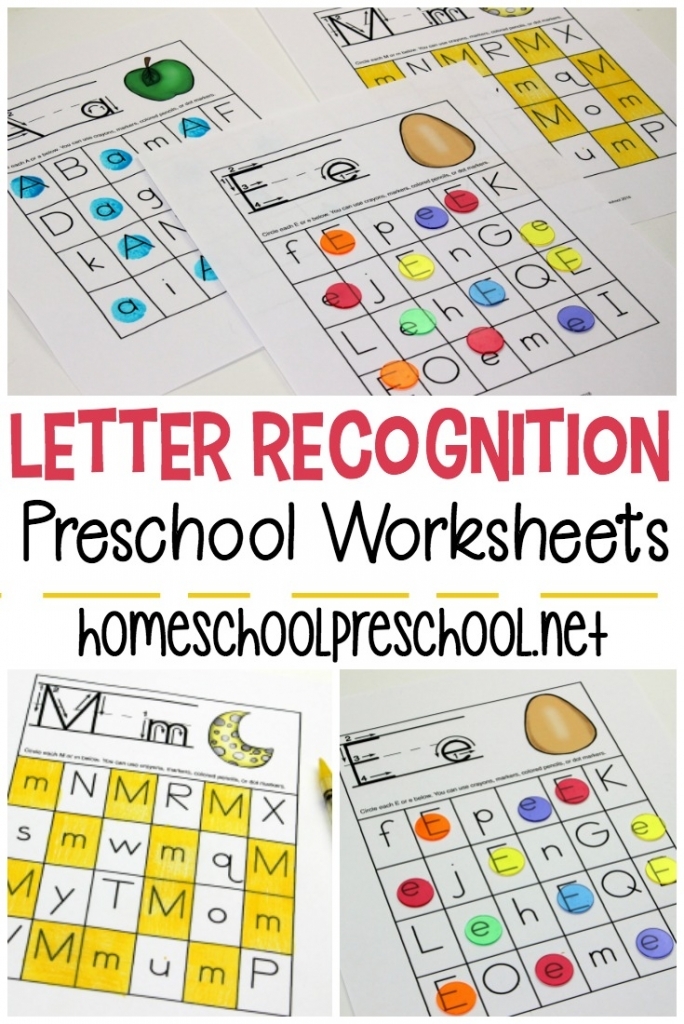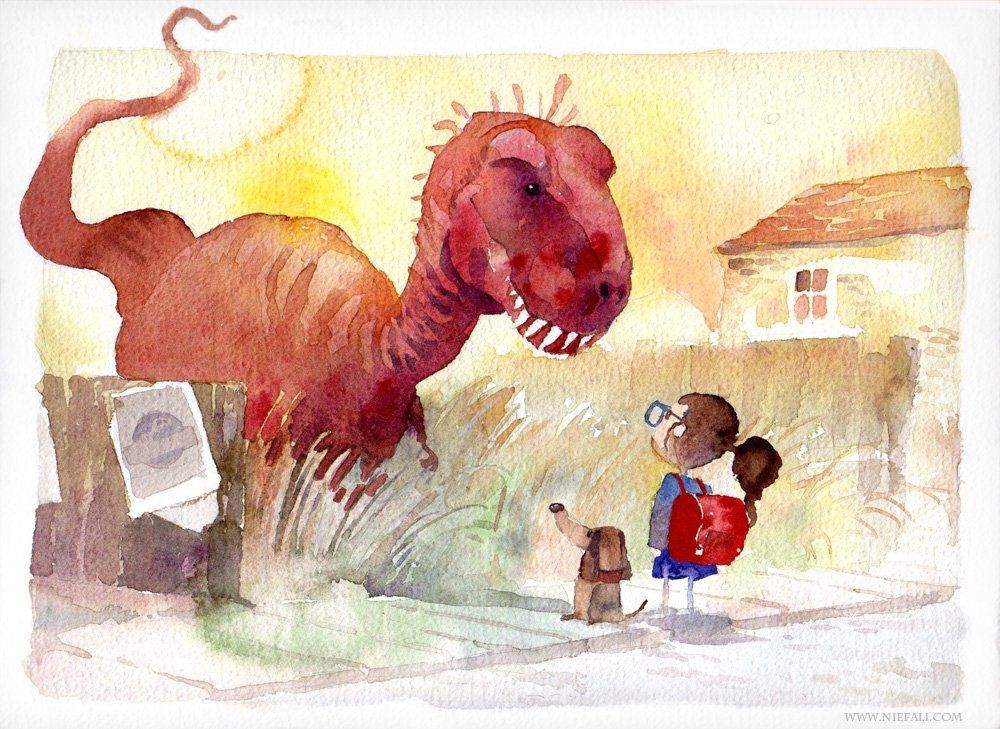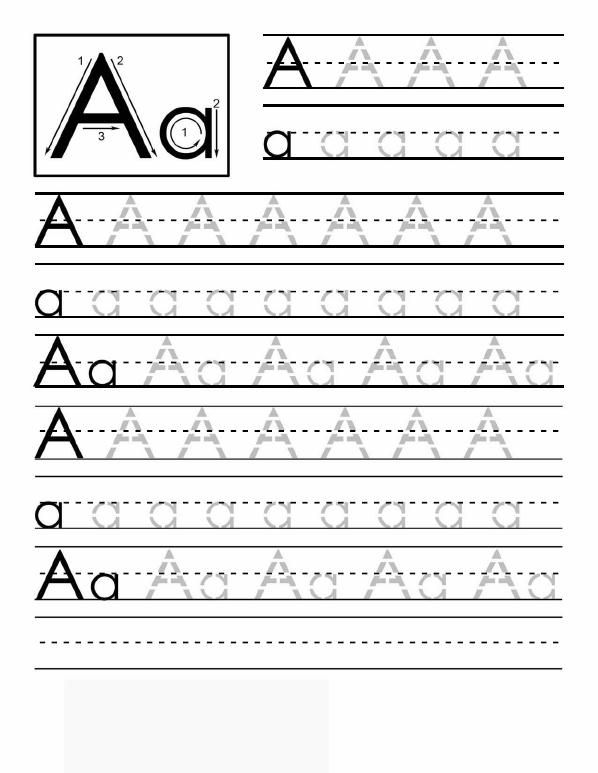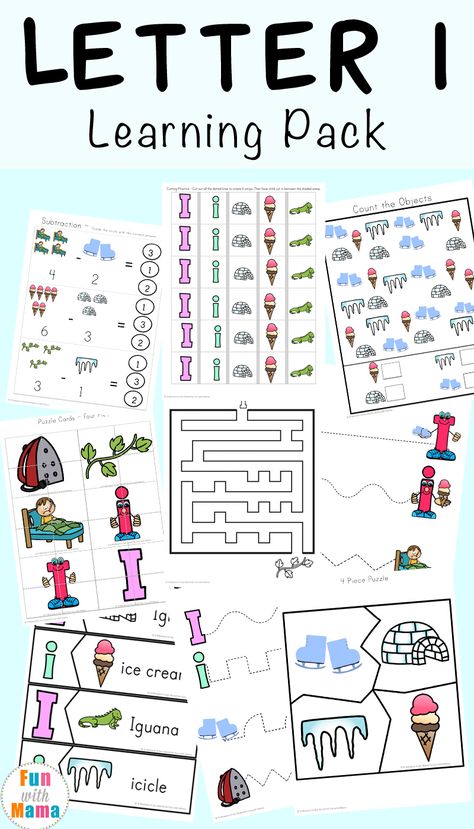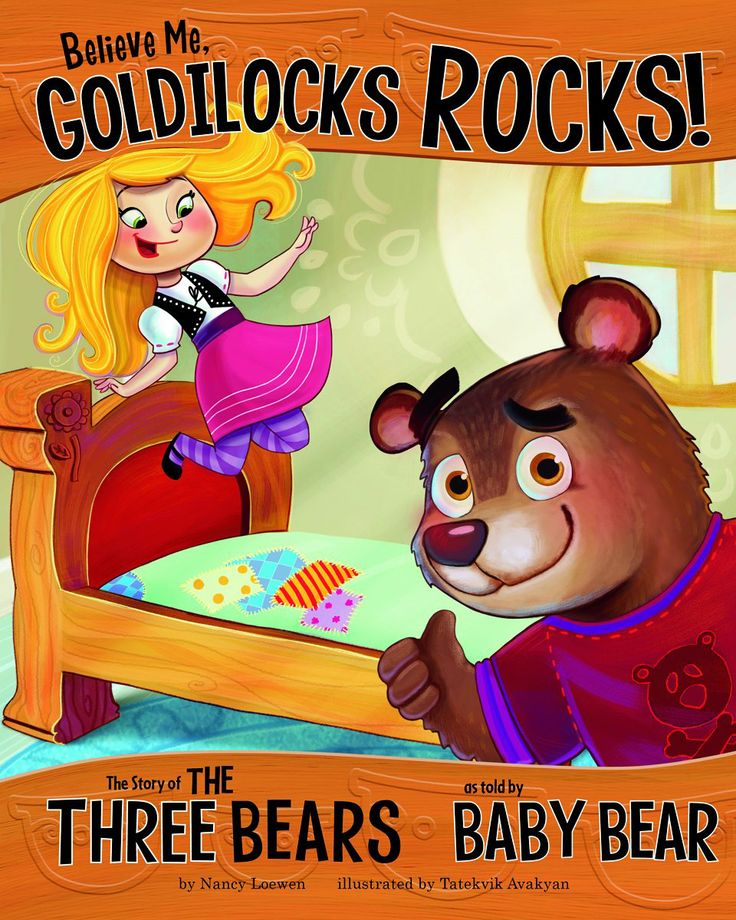How can i teach my child to read
9 Fun and Easy Tips
With the abundance of information out there, it can seem like there is no clear answer about how to teach a child to read. As a busy parent, you may not have time to wade through all of the conflicting opinions.
That’s why we’re here to help! There are some key elements when it comes to teaching kids to read, so we’ve rounded up nine effective tips to help you boost your child’s reading skills and confidence.
These tips are simple, fit into your lifestyle, and help build foundational reading skills while having fun!
Tips For How To Teach A Child To Read
1) Focus On Letter Sounds Over Letter Names
We used to learn that “b” stands for “ball.” But when you say the word ball, it sounds different than saying the letter B on its own. That can be a strange concept for a young child to wrap their head around!
Instead of focusing on letter names, we recommend teaching them the sounds associated with each letter of the alphabet. For example, you could explain that B makes the /b/ sound (pronounced just like it sounds when you say the word ball aloud).
Once they firmly establish a link between a handful of letters and their sounds, children can begin to sound out short words. Knowing the sounds for B, T, and A allows a child to sound out both bat and tab.
As the number of links between letters and sounds grows, so will the number of words your child can sound out!
Now, does this mean that if your child already began learning by matching formal alphabet letter names with words, they won’t learn to match sounds and letters or learn how to read? Of course not!
We simply recommend this process as a learning method that can help some kids with the jump from letter sounds to words.
2) Begin With Uppercase Letters
Practicing how to make letters is way easier when they all look unique! This is why we teach uppercase letters to children who aren’t in formal schooling yet.
Even though lowercase letters are the most common format for letters (if you open a book at any page, the majority of the letters will be lowercase), uppercase letters are easier to distinguish from one another and, therefore, easier to identify.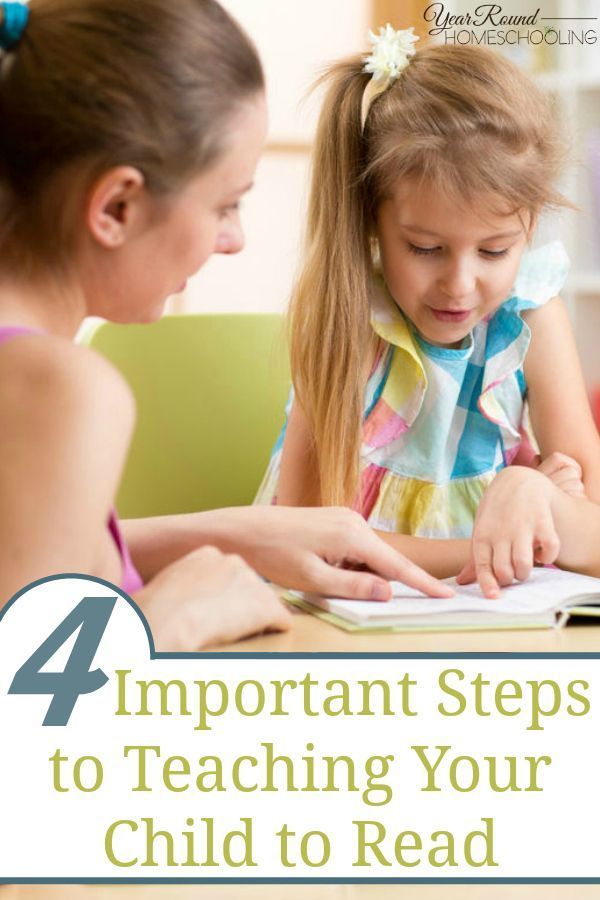
Think about it –– “b” and “d” look an awful lot alike! But “B” and “D” are much easier to distinguish. Starting with uppercase letters, then, will help your child to grasp the basics of letter identification and, subsequently, reading.
To help your child learn uppercase letters, we find that engaging their sense of physical touch can be especially useful. If you want to try this, you might consider buying textured paper, like sandpaper, and cutting out the shapes of uppercase letters.
Ask your child to put their hands behind their back, and then place the letter in their hands. They can use their sense of touch to guess what letter they’re holding! You can play the same game with magnetic letters.
3) Incorporate Phonics
Research has demonstrated that kids with a strong background in phonics (the relationship between sounds and symbols) tend to become stronger readers in the long-run.
A phonetic approach to reading shows a child how to go letter by letter — sound by sound — blending the sounds as you go in order to read words that the child (or adult) has not yet memorized.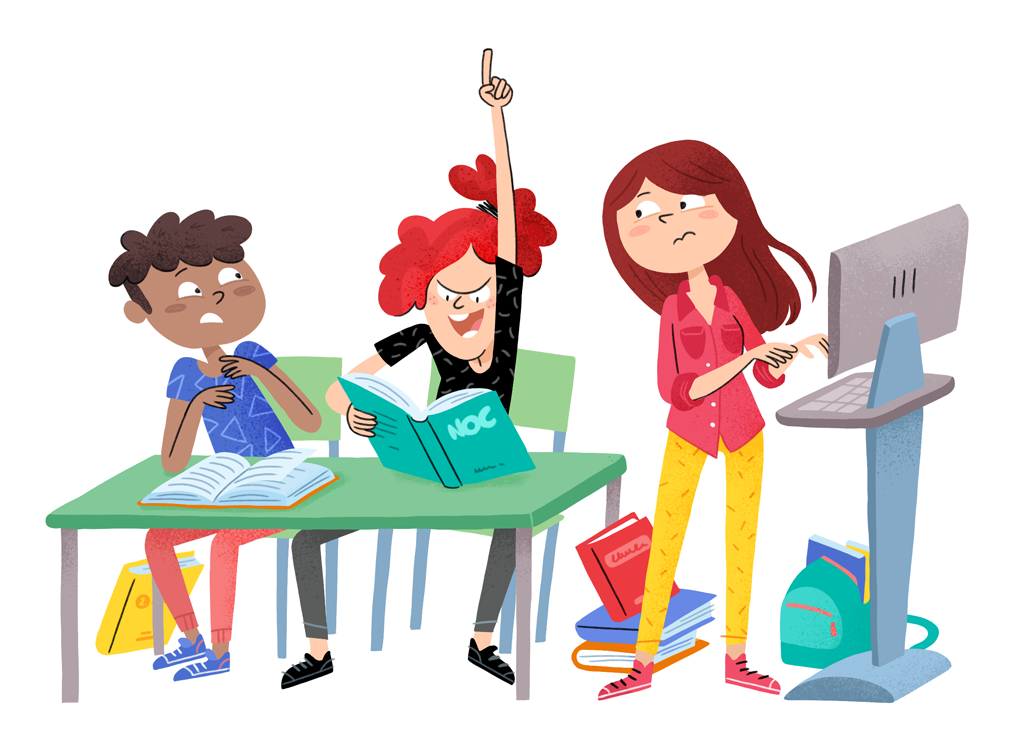
Once kids develop a level of automatization, they can sound out words almost instantly and only need to employ decoding with longer words. Phonics is best taught explicitly, sequentially, and systematically — which is the method HOMER uses.
If you’re looking for support helping your child learn phonics, our HOMER Learn & Grow app might be exactly what you need! With a proven reading pathway for your child, HOMER makes learning fun!
4) Balance Phonics And Sight Words
Sight words are also an important part of teaching your child how to read. These are common words that are usually not spelled the way they sound and can’t be decoded (sounded out).
Because we don’t want to undo the work your child has done to learn phonics, sight words should be memorized. But keep in mind that learning sight words can be challenging for many young children.
So, if you want to give your child a good start on their reading journey, it’s best to spend the majority of your time developing and reinforcing the information and skills needed to sound out words.
5) Talk A Lot
Even though talking is usually thought of as a speech-only skill, that’s not true. Your child is like a sponge. They’re absorbing everything, all the time, including the words you say (and the ones you wish they hadn’t heard)!
Talking with your child frequently and engaging their listening and storytelling skills can increase their vocabulary.
It can also help them form sentences, become familiar with new words and how they are used, as well as learn how to use context clues when someone is speaking about something they may not know a lot about.
All of these skills are extremely helpful for your child on their reading journey, and talking gives you both an opportunity to share and create moments you’ll treasure forever!
6) Keep It Light
Reading is about having fun and exploring the world (real and imaginary) through text, pictures, and illustrations. When it comes to reading, it’s better for your child to be relaxed and focused on what they’re learning than squeezing in a stressful session after a long day.
We’re about halfway through the list and want to give a gentle reminder that your child shouldn’t feel any pressure when it comes to reading — and neither should you!
Although consistency is always helpful, we recommend focusing on quality over quantity. Fifteen minutes might sound like a short amount of time, but studies have shown that 15 minutes a day of HOMER’s reading pathway can increase early reading scores by 74%!
It may also take some time to find out exactly what will keep your child interested and engaged in learning. That’s OK! If it’s not fun, lighthearted, and enjoyable for you and your child, then shake it off and try something new.
7) Practice Shared Reading
While you read with your child, consider asking them to repeat words or sentences back to you every now and then while you follow along with your finger.
There’s no need to stop your reading time completely if your child struggles with a particular word. An encouraging reminder of what the word means or how it’s pronounced is plenty!
Another option is to split reading aloud time with your child. For emerging readers, you can read one line and then ask them to read the next. For older children, reading one page and letting them read the next page is beneficial.
For emerging readers, you can read one line and then ask them to read the next. For older children, reading one page and letting them read the next page is beneficial.
Doing this helps your child feel capable and confident, which is important for encouraging them to read well and consistently!
This technique also gets your child more acquainted with the natural flow of reading. While they look at the pictures and listen happily to the story, they’ll begin to focus on the words they are reading and engage more with the book in front of them.
Rereading books can also be helpful. It allows children to develop a deeper understanding of the words in a text, make familiar words into “known” words that are then incorporated into their vocabulary, and form a connection with the story.
We wholeheartedly recommend rereading!
8) Play Word Games
Getting your child involved in reading doesn’t have to be about just books. Word games can be a great way to engage your child’s skills without reading a whole story at once.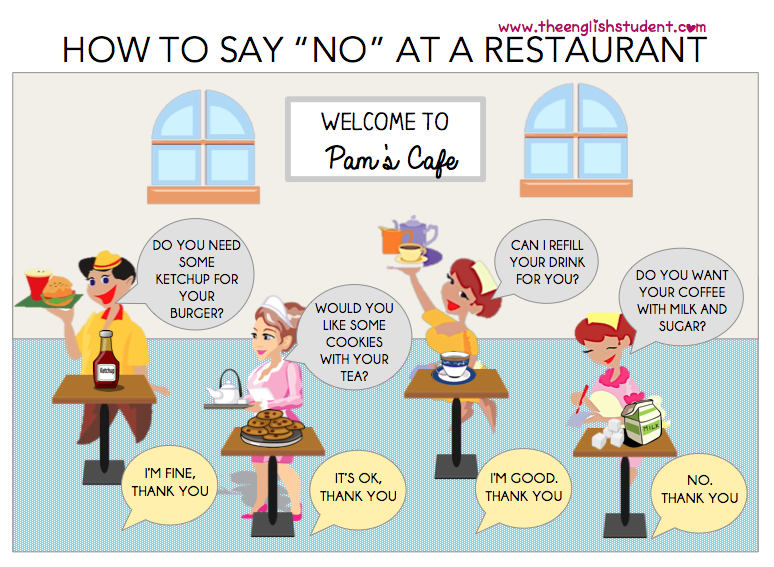
One of our favorite reading games only requires a stack of Post-It notes and a bunched-up sock. For this activity, write sight words or words your child can sound out onto separate Post-It notes. Then stick the notes to the wall.
Your child can then stand in front of the Post-Its with the bunched-up sock in their hands. You say one of the words and your child throws the sock-ball at the Post-It note that matches!
9) Read With Unconventional Materials
In the same way that word games can help your child learn how to read, so can encouraging your child to read without actually using books!
If you’re interested in doing this, consider using PlayDoh, clay, paint, or indoor-safe sand to form and shape letters or words.
Another option is to fill a large pot with magnetic letters. For emerging learners, suggest that they pull a letter from the pot and try to name the sound it makes. For slightly older learners, see if they can name a word that begins with the same sound, or grab a collection of letters that come together to form a word.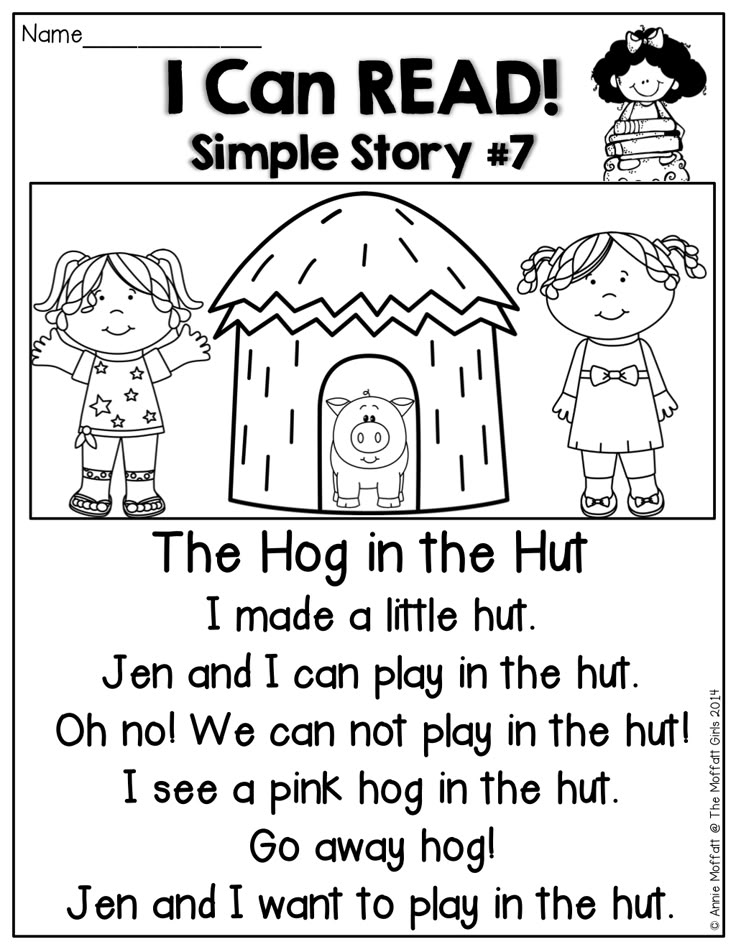
As your child becomes more proficient, you can scale these activities to make them a little more advanced. And remember to have fun with it!
Reading Comes With Time And Practice
Overall, we want to leave you with this: there is no single answer to how to teach a child to read. What works for your neighbor’s child may not work for yours –– and that’s perfectly OK!
Patience, practicing a little every day, and emphasizing activities that let your child enjoy reading are the things we encourage most. Reading is about fun, exploration, and learning!
And if you ever need a bit of support, we’re here for you! At HOMER, we’re your learning partner. Start your child’s reading journey with confidence with our personalized program plus expert tips and learning resources.
Author
Teaching children to read isn’t easy. How do kids actually learn to read?
A student in a Mississippi elementary school reads a book in class.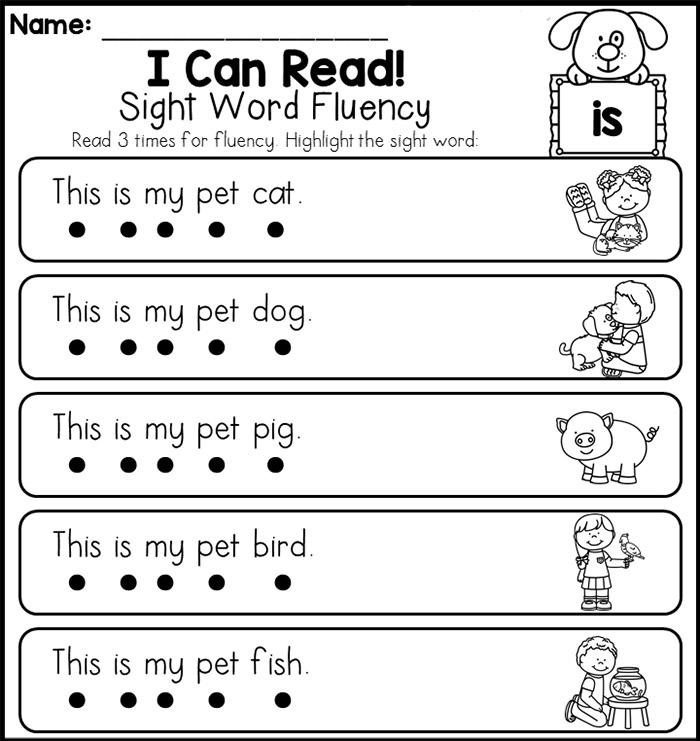 Research shows young children need explicit, systematic phonics instruction to learn how to read fluently. Credit: Terrell Clark for The Hechinger Report
Research shows young children need explicit, systematic phonics instruction to learn how to read fluently. Credit: Terrell Clark for The Hechinger ReportTeaching kids to read isn’t easy; educators often feel strongly about what they think is the “right” way to teach this essential skill. Though teachers’ approaches may differ, the research is pretty clear on how best to help kids learn to read. Here’s what parents should look for in their children’s classroom.
How do kids actually learn how to read?
Research shows kids learn to read when they are able to identify letters or combinations of letters and connect those letters to sounds. There’s more to it, of course, like attaching meaning to words and phrases, but phonemic awareness (understanding sounds in spoken words) and an understanding of phonics (knowing that letters in print correspond to sounds) are the most basic first steps to becoming a reader.
If children can’t master phonics, they are more likely to struggle to read.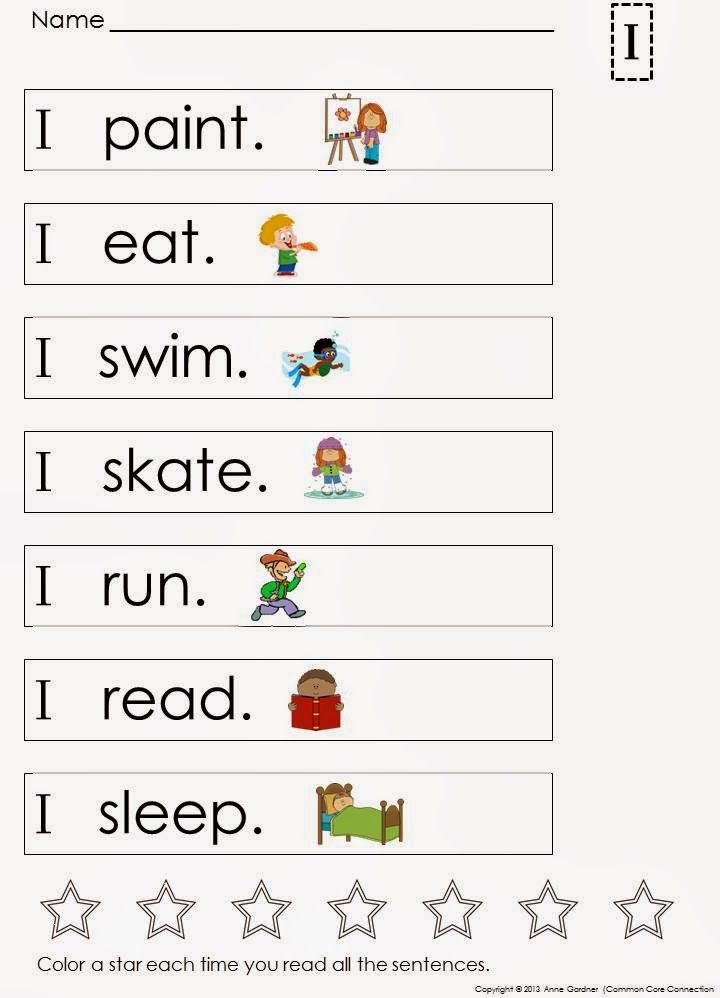 That’s why researchers say explicit, systematic instruction in phonics is important: Teachers must lead students step by step through a specific sequence of letters and sounds. Kids who learn how to decode words can then apply that skill to more challenging words and ultimately read with fluency. Some kids may not need much help with phonics, especially as they get older, but experts say phonics instruction can be essential for young children and struggling readers “We don’t know how much phonics each kid needs,” said Anders Rasmussen, principal of Wood Road Elementary School in Ballston Spa, New York, who recently led the transformation of his schools’ reading program to a research-based, structured approach. “But we know no kid is hurt by getting too much of it.”
That’s why researchers say explicit, systematic instruction in phonics is important: Teachers must lead students step by step through a specific sequence of letters and sounds. Kids who learn how to decode words can then apply that skill to more challenging words and ultimately read with fluency. Some kids may not need much help with phonics, especially as they get older, but experts say phonics instruction can be essential for young children and struggling readers “We don’t know how much phonics each kid needs,” said Anders Rasmussen, principal of Wood Road Elementary School in Ballston Spa, New York, who recently led the transformation of his schools’ reading program to a research-based, structured approach. “But we know no kid is hurt by getting too much of it.”
How should your child’s school teach reading?
Timothy Shanahan, a professor emeritus at the University of Illinois at Chicago and an expert on reading instruction, said phonics are important in kindergarten through second grade and phonemic awareness should be explicitly taught in kindergarten and first grade. This view has been underscored by experts in recent years as the debate over reading instruction has intensified. But teaching kids how to read should include more than phonics, said Shanahan. They should also be exposed to oral reading, reading comprehension and writing.
This view has been underscored by experts in recent years as the debate over reading instruction has intensified. But teaching kids how to read should include more than phonics, said Shanahan. They should also be exposed to oral reading, reading comprehension and writing.
The wars over how to teach reading are back. Here’s the four things you need to know.
Wiley Blevins, an author and expert on phonics, said a good test parents can use to determine whether a child is receiving research-based reading instruction is to ask their child’s teacher how reading is taught. “They should be able to tell you something more than ‘by reading lots of books’ and ‘developing a love of reading.’ ” Blevins said. Along with time dedicated to teaching phonics, Blevins said children should participate in read-alouds with their teacher to build vocabulary and content knowledge. “These read-alouds must involve interactive conversations to engage students in thinking about the content and using the vocabulary,” he said.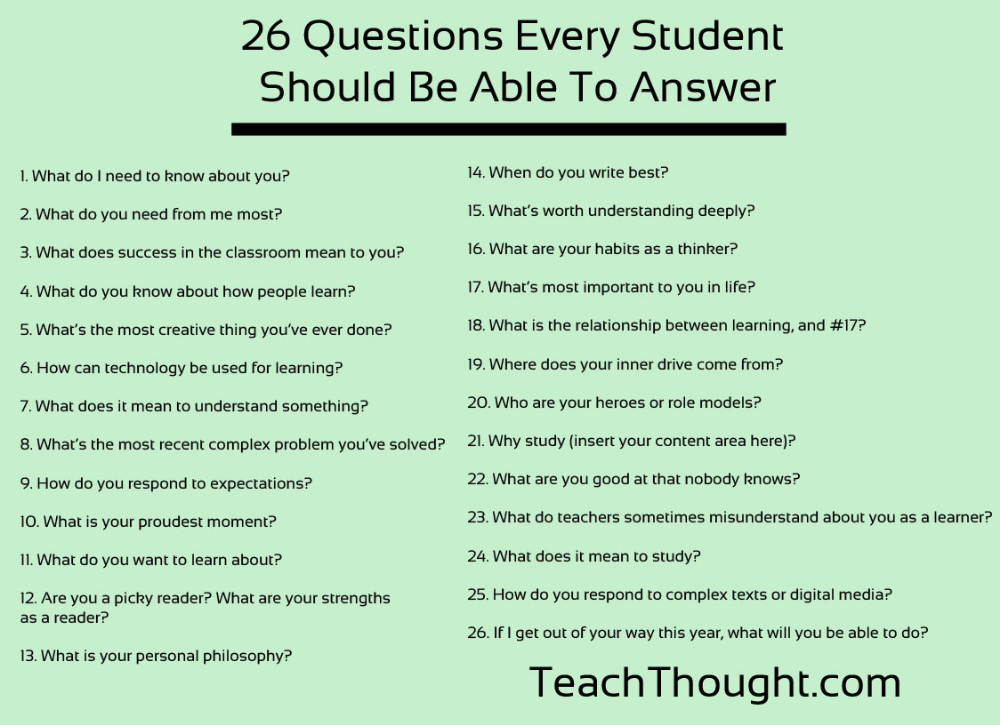 “Too often, when time is limited, the daily read-alouds are the first thing left out of the reading time. We undervalue its impact on reading growth and must change that.”
“Too often, when time is limited, the daily read-alouds are the first thing left out of the reading time. We undervalue its impact on reading growth and must change that.”
Rasmussen’s school uses a structured approach: Children receive lessons in phonemic awareness, phonics, pre-writing and writing, vocabulary and repeated readings. Research shows this type of “systematic and intensive” approach in several aspects of literacy can turn children who struggle to read into average or above-average readers.
What should schools avoid when teaching reading?
Educators and experts say kids should be encouraged to sound out words, instead of guessing. “We really want to make sure that no kid is guessing,” Rasmussen said. “You really want … your own kid sounding out words and blending words from the earliest level on.” That means children are not told to guess an unfamiliar word by looking at a picture in the book, for example. As children encounter more challenging texts in later grades, avoiding reliance on visual cues also supports fluent reading.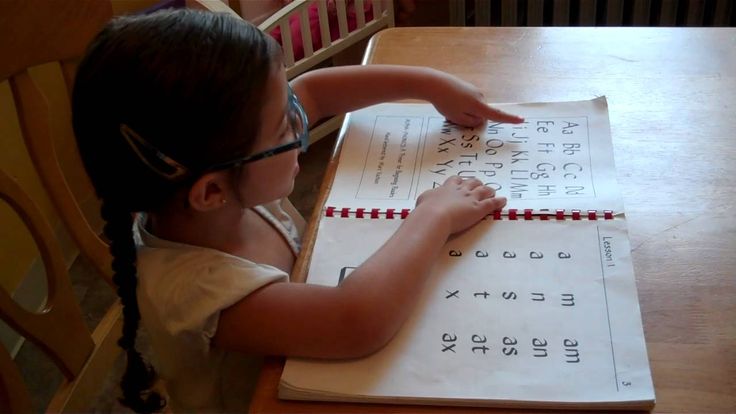 “When they get to ninth grade and they have to read “Of Mice and Men,” there are no picture cues,” Rasmussen said.
“When they get to ninth grade and they have to read “Of Mice and Men,” there are no picture cues,” Rasmussen said.
Related: Teacher Voice: We need phonics, along with other supports, for reading
Blevins and Shanahan caution against organizing books by different reading levels and keeping students at one level until they read with enough fluency to move up to the next level. Although many people may think keeping students at one level will help prevent them from getting frustrated and discouraged by difficult texts, research shows that students actually learn more when they are challenged by reading materials.
Blevins said reliance on “leveled books” can contribute to “a bad habit in readers.” Because students can’t sound out many of the words, they rely on memorizing repeated words and sentence patterns, or on using picture clues to guess words. Rasmussen said making kids stick with one reading level — and, especially, consistently giving some kids texts that are below grade level, rather than giving them supports to bring them to grade level — can also lead to larger gaps in reading ability.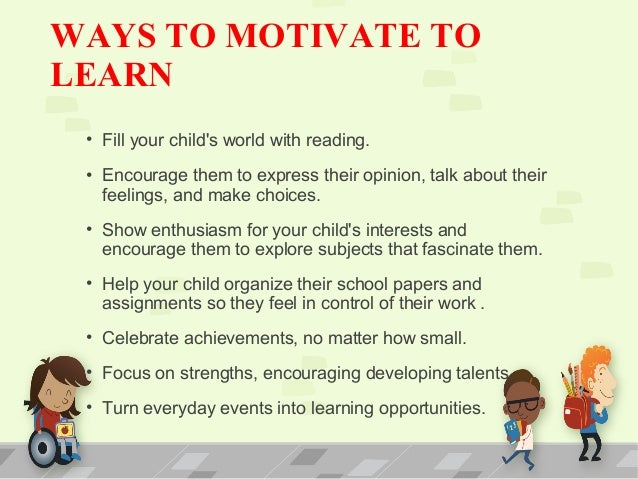
How do I know if a reading curriculum is effective?
Some reading curricula cover more aspects of literacy than others. While almost all programs have some research-based components, the structure of a program can make a big difference, said Rasmussen. Watching children read is the best way to tell if they are receiving proper instruction — explicit, systematic instruction in phonics to establish a foundation for reading, coupled with the use of grade-level texts, offered to all kids.
Parents who are curious about what’s included in the curriculum in their child’s classroom can find sources online, like a chart included in an article by Readingrockets.org which summarizes the various aspects of literacy, including phonics, writing and comprehension strategies, in some of the most popular reading curricula.
Blevins also suggested some questions parents can ask their child’s teacher:
- What is your phonics scope and sequence?
“If research-based, the curriculum must have a clearly defined phonics scope and sequence that serves as the spine of the instruction.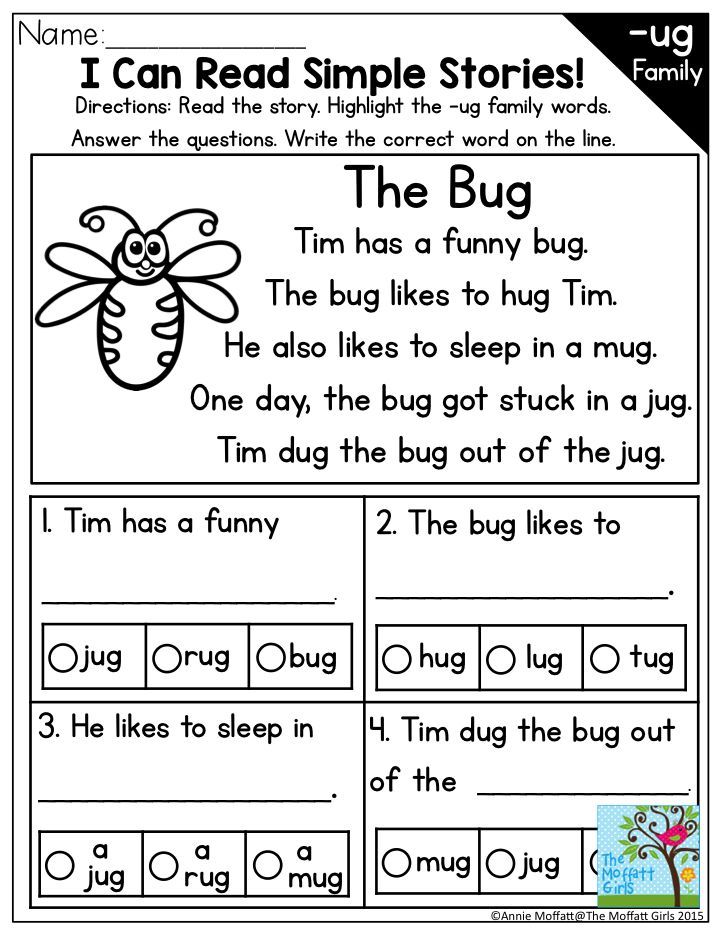 ” Blevins said.
” Blevins said.
- Do you have decodable readers (short books with words composed of the letters and sounds students are learning) to practice phonics?
“If no decodable or phonics readers are used, students are unlikely to get the amount of practice and application to get to mastery so they can then transfer these skills to all reading and writing experiences,” Blevins said. “If teachers say they are using leveled books, ask how many words can students sound out based on the phonics skills (teachers) have taught … Can these words be fully sounded out based on the phonics skills you taught or are children only using pieces of the word? They should be fully sounding out the words — not using just the first or first and last letters and guessing at the rest.”
- What are you doing to build students’ vocabulary and background knowledge? How frequent is this instruction? How much time is spent each day doing this?
“It should be a lot,” Blevins said, “and much of it happens during read-alouds, especially informational texts, and science and social studies lessons. ”
”
- Is the research used to support your reading curriculum just about the actual materials, or does it draw from a larger body of research on how children learn to read? How does it connect to the science of reading?
Teachers should be able to answer these questions, said Blevins.
What should I do if my child isn’t progressing in reading?
When a child isn’t progressing, Blevins said, the key is to find out why. “Is it a learning challenge or is your child a curriculum casualty? This is a tough one.” Blevins suggested that parents of kindergarteners and first graders ask their child’s school to test the child’s phonemic awareness, phonics and fluency.
Parents of older children should ask for a test of vocabulary. “These tests will locate some underlying issues as to why your child is struggling reading and understanding what they read,” Blevins said. “Once underlying issues are found, they can be systematically addressed.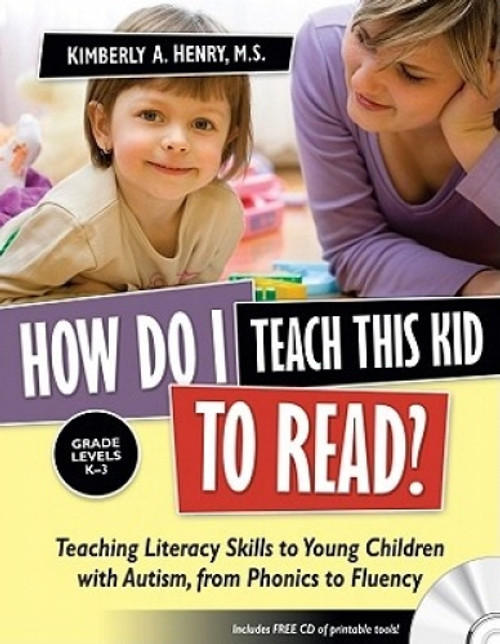 ”
”
“We don’t know how much phonics each kid needs. But we know no kid is hurt by getting too much of it.”
Anders Rasmussen, principal of Wood Road Elementary School in Ballston Spa, New York
Rasmussen recommended parents work with their school if they are concerned about their children’s progress. By sitting and reading with their children, parents can see the kind of literacy instruction the kids are receiving. If children are trying to guess based on pictures, parents can talk to teachers about increasing phonics instruction.
“Teachers aren’t there doing necessarily bad things or disadvantaging kids purposefully or willfully,” Rasmussen said. “You have many great reading teachers using some effective strategies and some ineffective strategies.”
What can parents do at home to help their children learn to read?
Parents want to help their kids learn how to read but don’t want to push them to the point where they hate reading. “Parents at home can fall into the trap of thinking this is about drilling their kid,” said Cindy Jiban, a former educator and current principal academic lead at NWEA, a research-based non-profit focused on assessments and professional learning opportunities. “This is unfortunate,” Jiban said. “It sets up a parent-child interaction that makes it, ‘Ugh, there’s this thing that’s not fun.’” Instead, Jiban advises making decoding playful. Here are some ideas:
“Parents at home can fall into the trap of thinking this is about drilling their kid,” said Cindy Jiban, a former educator and current principal academic lead at NWEA, a research-based non-profit focused on assessments and professional learning opportunities. “This is unfortunate,” Jiban said. “It sets up a parent-child interaction that makes it, ‘Ugh, there’s this thing that’s not fun.’” Instead, Jiban advises making decoding playful. Here are some ideas:
- Challenge kids to find everything in the house that starts with a specific sound.
- Stretch out one word in a sentence. Ask your child to “pass the salt” but say the individual sounds in the word “salt” instead of the word itself.
- Ask your child to figure out what every family member’s name would be if it started with a “b” sound.
- Sing that annoying “Banana fana fo fanna song.” Jiban said that kind of playful activity can actually help a kid think about the sounds that correspond with letters even if they’re not looking at a letter right in front of them.
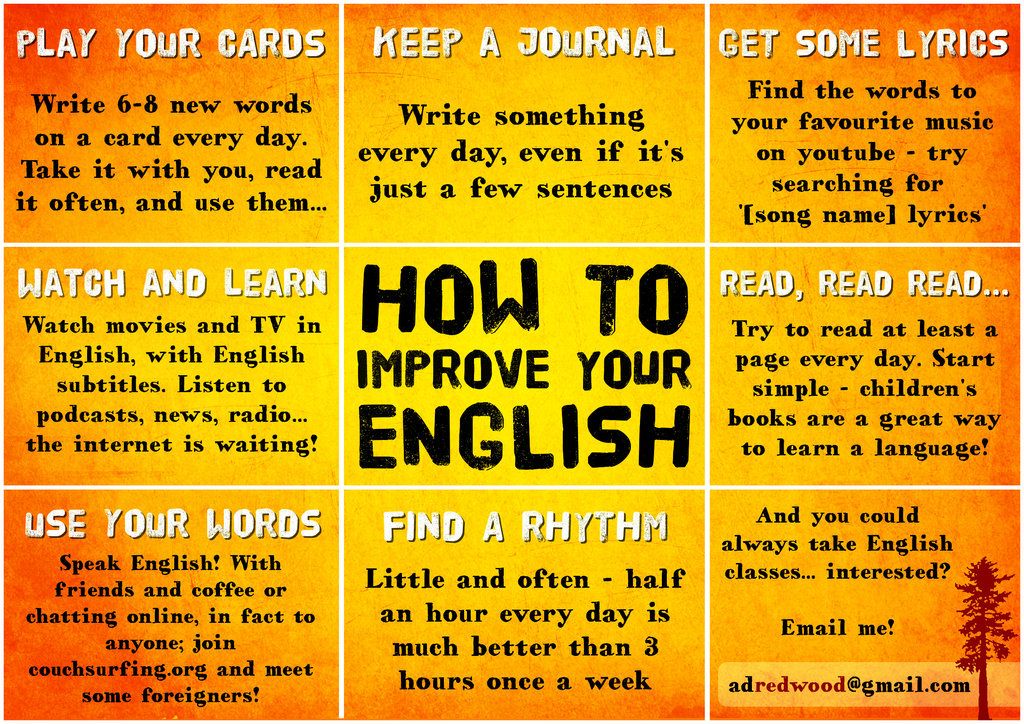
- Read your child’s favorite book over and over again. For books that children know well, Jiban suggests that children use their finger to follow along as each word is read. Parents can do the same, or come up with another strategy to help kids follow which words they’re reading on a page.
Giving a child diverse experiences that seem to have nothing to do with reading can also help a child’s reading ability. By having a variety of experiences, Rasmussen said, children will be able to apply their own knowledge to better comprehend texts about various topics.
This story about teaching children to read was produced by The Hechinger Report, a nonprofit, independent news organization focused on inequality and innovation in education. Sign up for Hechinger’s newsletter.
The Hechinger Report provides in-depth, fact-based, unbiased reporting on education that is free to all readers. But that doesn't mean it's free to produce.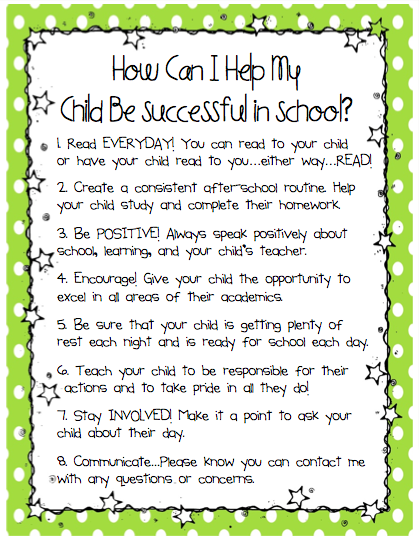 Our work keeps educators and the public informed about pressing issues at schools and on campuses throughout the country. We tell the whole story, even when the details are inconvenient. Help us keep doing that.
Our work keeps educators and the public informed about pressing issues at schools and on campuses throughout the country. We tell the whole story, even when the details are inconvenient. Help us keep doing that.
Join us today.
How to teach a child to read: important rules and effective methods
October 26LikbezEducation
Teaching a preschooler to read without losing interest in books is real. Lifehacker has selected the best ways for responsible parents.
Share
0How to understand that it's time to teach your child to read
There are several signs of psychological readiness.
- The child speaks fluently in sentences and understands the meaning of what is said.
- The child understands directions: left-right, up-down. For learning to read, it is important that the baby can follow the text from left to right and from top to bottom.
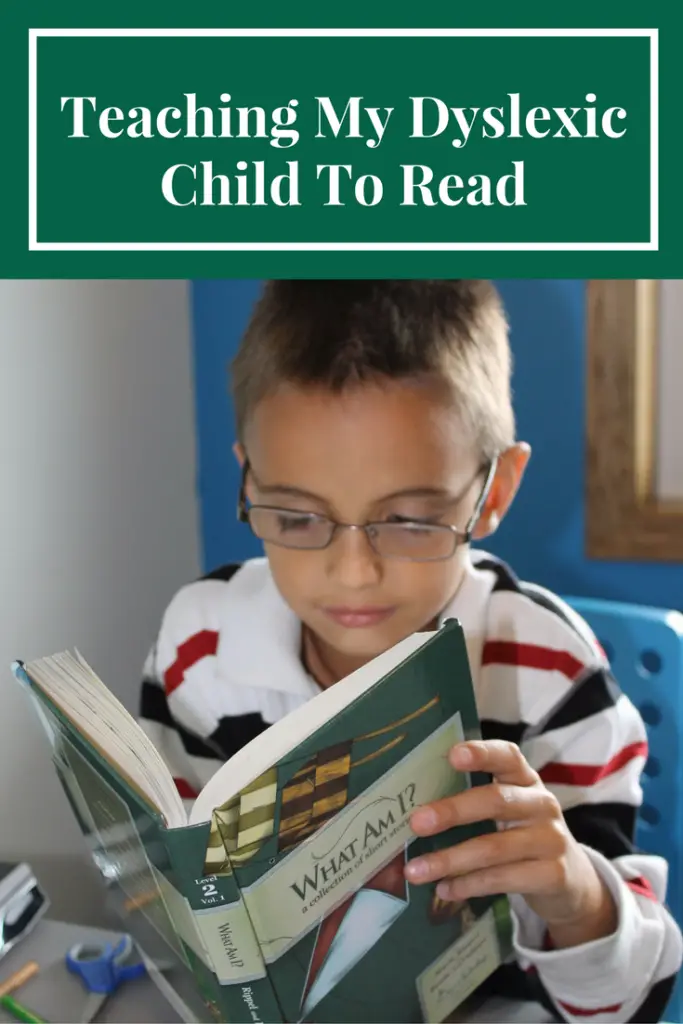
- The child distinguishes sounds (what speech therapists call developed phonemic hearing). Simply put, the baby will easily understand by ear where the house and the bow are, and where the tom and the hatch are.
- Your child pronounces all the sounds and has no speech problems.
Natalya Zharikova
Speech therapist with 33 years of experience
A child with speech therapy problems does not hear and does not distinguish similar sounds. From here come errors with speech, and subsequently with reading, and even more often with writing. It is very difficult for a parent to identify violations on their own, so usually a teacher or a speech therapist can point this out to them.
How to teach your child to read
Be patient and follow these simple guidelines.
Set an example
In a family where there is a culture and tradition of reading, children themselves will reach for books. Read not because it is necessary and useful, but because it is a pleasure for you.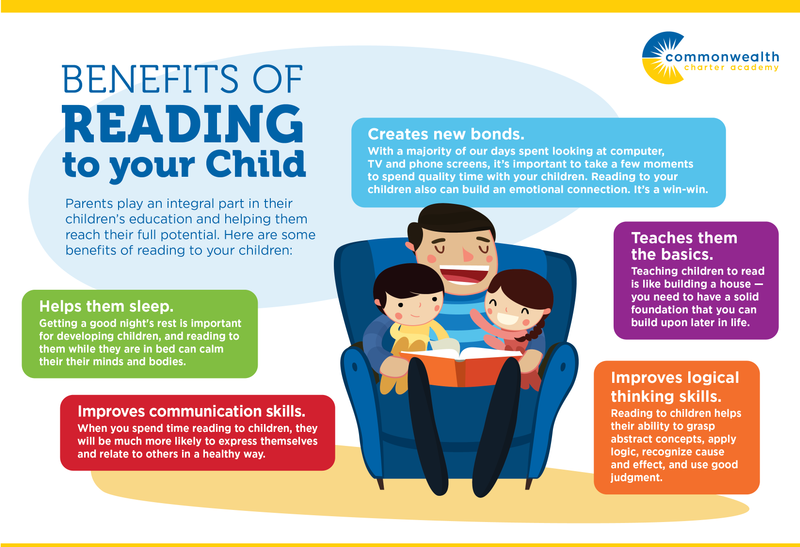
Read together and discuss
Read aloud to the child and then look at the pictures together, encouraging them to interact with the book: “Who is this? Can you show me the cat's ears? And who is that standing next to her?” Older children can be asked more difficult questions: “Why did he do this? What do you think will happen next?"
Don't learn the letters as they are called in the alphabet
Instead, help your child remember the sound the letter makes. For example, you show the letter "m" and say: "This is the letter m (not em )". If a child remembers the alphabetic names of letters ( em , es, ef and so on), it will be quite difficult for him to learn to read. Then, when he sees the word ra-ma in the book, he will try to pronounce er-a-um-ah .
Go from simple to complex
Once the child has memorized a few letters (from 2 to 5) and the sounds they represent, move on to syllables.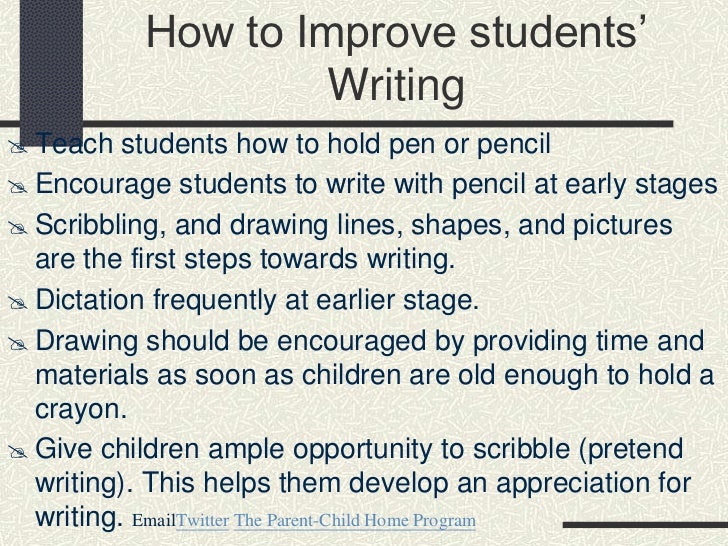 Let the words consisting of repeated syllables be the first: mum, daddy, uncle, nanny . In this case, it is not necessary to break the syllable into separate sounds. Do not say: "These are the letters m and a , and together they read ma ". Immediately learn that the syllable is pronounced like ma , otherwise the baby may start to read letter by letter. After mastering simple combinations, move on to more complex ones: ko-t, zhu-k, do-m .
Let the words consisting of repeated syllables be the first: mum, daddy, uncle, nanny . In this case, it is not necessary to break the syllable into separate sounds. Do not say: "These are the letters m and a , and together they read ma ". Immediately learn that the syllable is pronounced like ma , otherwise the baby may start to read letter by letter. After mastering simple combinations, move on to more complex ones: ko-t, zhu-k, do-m .
Help to understand the meaning of what they read
Do this when the child begins to slowly but surely reproduce words and whole sentences in syllables. For example, the kid read: "Mom washed the frame." Stop and ask: “What did you just read about?”. If he finds it difficult to answer, let him read the sentence again. And you ask more specific questions: “Who washed the frame? What did mom wash?
Show that letters are everywhere
Play a game. Let the child find the letters that surround him on the street and at home.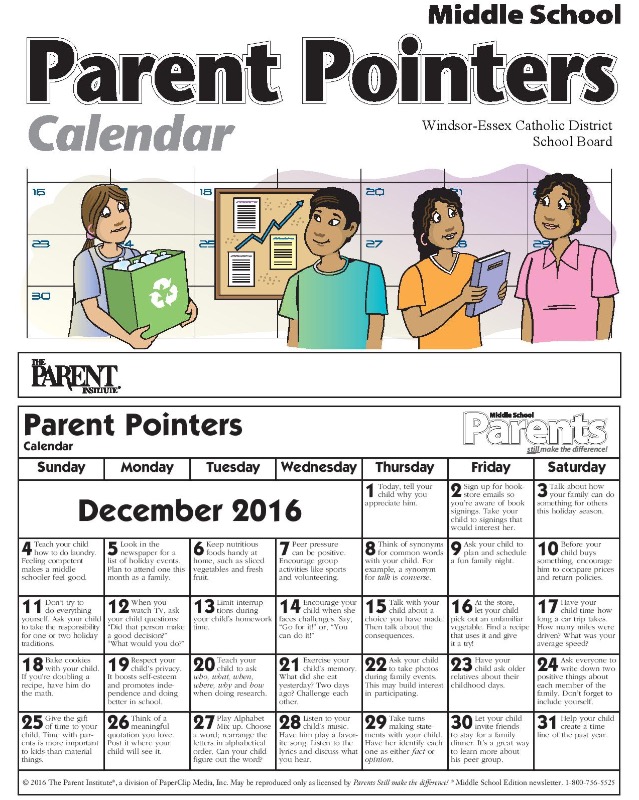 These are the names of stores, and memos on information stands, and advertising on billboards, and even traffic light messages: it happens that the inscription “Go” lights up on green, and “Wait so many seconds” on red.
These are the names of stores, and memos on information stands, and advertising on billboards, and even traffic light messages: it happens that the inscription “Go” lights up on green, and “Wait so many seconds” on red.
Play
And play again. Stack blocks with letters and syllables, make up words, ask your child to read you some kind of sign or inscription on the packaging in the store.
Natalia Zharikova
There are many exercises for memorizing letters. For example, circle the desired letter among a number of others, circle the correctly written among the incorrect ones, color or shade. You can also ask the child to tell what the letter looks like.
Use every opportunity to practice
Whether you are waiting in line at the clinic or driving somewhere, take out a book with pictures and short stories to accompany them and invite your child to read together.
Build on your success
Repeat familiar texts, look for familiar characters in new stories.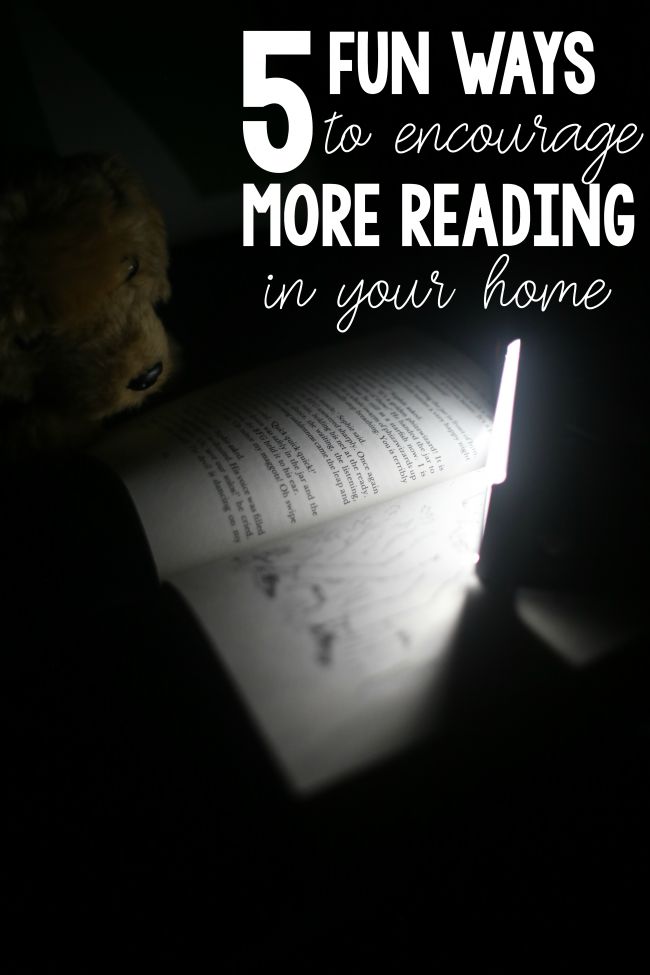 Runaway Bunny is found both in "Teremka" and "Kolobok".
Runaway Bunny is found both in "Teremka" and "Kolobok".
Do not force
This is perhaps the most important thing. Don't take away a child's childhood. Learning should not go through violence and tears.
What techniques to use to teach your child to read
Here are six popular, affordable and effective techniques. Choose one or try several and choose the one that interests your child the most.
1. ABCs and primers
Frame: This is all mine / YouTubeTraditional, but the longest way. The difference between these books is that the alphabet fixes each letter with a mnemonic picture: a drum will be drawn on the page with B , and a spinning wheel next to Yu . The alphabet helps to remember letters and often interesting rhymes, but will not teach you how to read.
The primer consistently teaches the child to combine sounds into syllables, and syllables into words. This process is not easy and requires perseverance.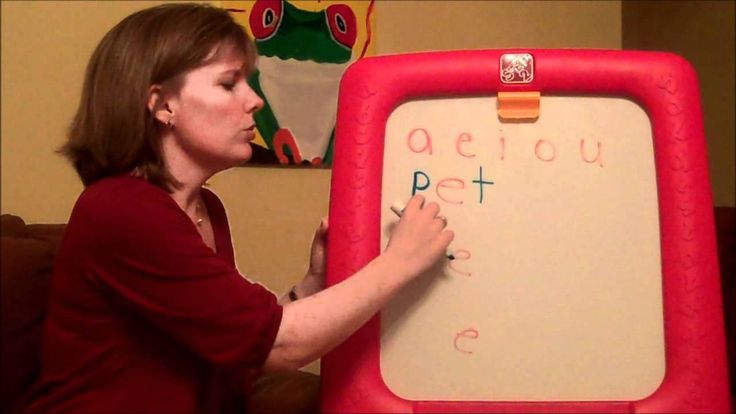
There are quite a lot of author's primers now. According to the books of Nadezhda Betenkova, Vseslav Goretsky, Dmitry Fonin, Natalya Pavlova, children can study both with their parents before school and in the first grade.
Parents agree that one of the most understandable methods for teaching preschoolers is Nadezhda Zhukova's primer. The author simply explains the most difficult thing for a child: how to turn letters into syllables, how to read ma-ma , and not start naming individual letters me-a-me-a .
2. Zaitsev's Cubes
Shot: Little Socrates / YouTube If a child consistently learns letters and syllables while learning from an ABC book, then in 52 Zaitsev's Cubes he is given access to everything at once: a single letter or combinations of consonant and vowel, consonant and hard or soft sign.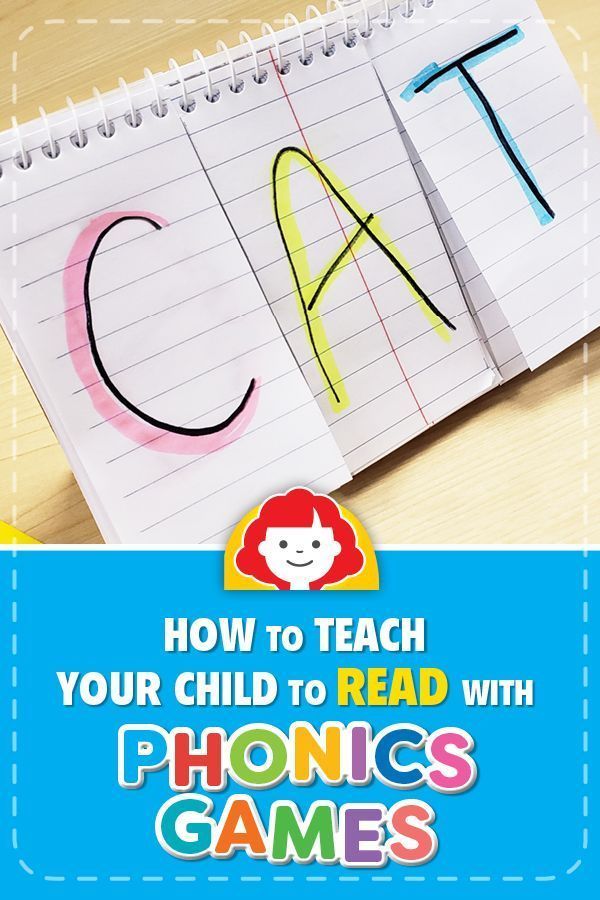
The child effortlessly learns the differences between unvoiced and voiced sounds, because the cubes with voiceless consonants are filled with wood, and the cubes with voiced consonants are filled with metal.
The cubes also differ in size. The large ones depict hard warehouses, the small ones - soft ones. The author of the technique explains this by the fact that when we pronounce to (hard warehouse), the mouth opens wide, or (soft warehouse) - lips in a half smile.
The set includes tables with warehouses that the parent sings (yes, he doesn’t speak, but sings).
The child quickly masters warehouse reading with the help of cubes. But there are also disadvantages: he may begin to swallow endings and face difficulties already at school when parsing a word by composition.
3.
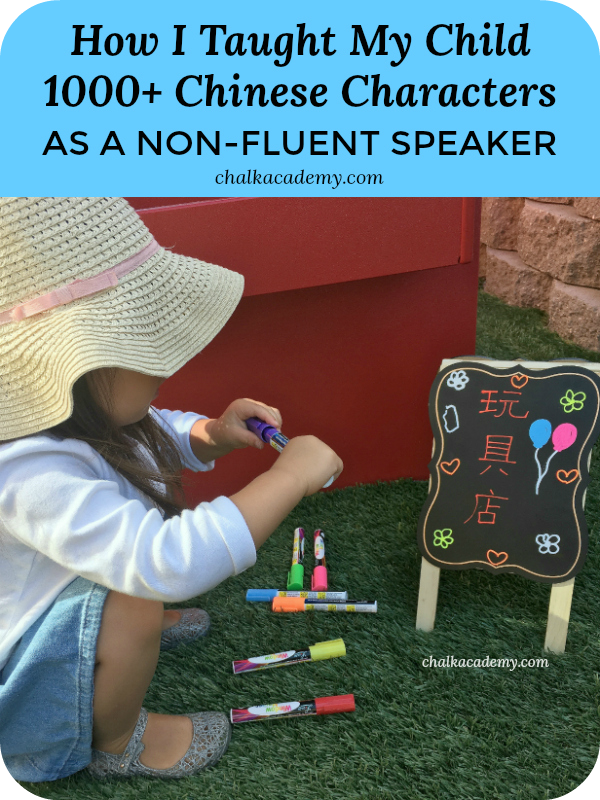 "Skladushki" and "Teremki" by Vyacheslav Voskobovich Shot: Games and Toys Club / YouTube
"Skladushki" and "Teremki" by Vyacheslav Voskobovich Shot: Games and Toys Club / YouTube In "Skladushki" Vyacheslav Voskobovich reworked Zaitsev's idea: 21 cards show all the warehouses of the Russian language with nice thematic pictures. Included is a CD with songs, the texts of which go under each picture.
Folders are great for kids who like looking at pictures. Each of them is an occasion to discuss with the child where the kitten is, what the puppy is doing, where the beetle flew.
It is possible to teach a child with these cards from the age of three. At the same time, it should be noted that the author of the methodology himself does not consider it necessary to force early development.
"Teremki" by Voskobovich consist of 12 wooden cubes with consonants and 12 cardboard cubes with vowels. First, the child gets acquainted with the alphabet and tries with the help of parents to come up with words that begin with each of the letters.
Then it's time to study the syllables. In the tower with the letter M is embedded A - and the first syllable is ma . From several towers you can lay out words. Learning is based on play. So, when replacing the vowel , the house will turn into smoke .
You can start playing tower blocks from the age of two. At the same time, parents will not be left alone with the cubes: the kit includes a manual with a detailed description of the methodology and game options.
4. Chaplygin's dynamic cubes
Shot: Both a boy and a girl! Children's channel - We are twins / YouTube Evgeny Chaplygin's manual includes 10 cubes and 10 movable blocks. Each dynamic block consists of a pair - a consonant and a vowel. The task of the child is to twist the cubes and find a pair.
At the initial stage, as with any other method of learning to read in warehouses, the child makes the simplest words from repeating syllables: ma-ma, pa-pa, ba-ba . The involved motor skills help to quickly remember the shape of the letters, and the search for already familiar syllables turns into an exciting game. The cubes are accompanied by a manual describing the methodology and words that can be composed.
The optimal age for classes is 4-5 years. You can start earlier, but only in the game format.
5. Doman's cards
Frame: My little star / YouTube American doctor Glenn Doman suggests teaching children not individual letters or even syllables, but whole words. Parents name and show the child the words on the cards for 1-2 seconds. In this case, the baby is not required to repeat what he heard.
Classes start with 15 cards with the simplest concepts like females and males . Gradually, the number of words increases, those already learned leave the set, and the child begins to study phrases: for example, color + object, size + object.
How can one understand that a child has understood and memorized the visual image of a word, if the author of the methodology recommends starting classes from birth? Glenn Doman in "The Harmonious Development of the Child" strongly emphasizes that it is not necessary to arrange tests and checks for the child: kids do not like this and lose interest in classes.
It's better to remember 50 cards out of 100 than 10 out of 10.
Glenn Doman
But given that parents can't help but check, he advises the child to play the game if they want and are ready. For example, you can put a few cards and ask to bring one or point to it.
Today, psychologists, neurophysiologists and pediatricians agree that the Doman method is aimed not at teaching reading, but at mechanical memorization of visual images of words. The child turns out to be an object of learning and is almost deprived of the opportunity to learn something on his own.
The child turns out to be an object of learning and is almost deprived of the opportunity to learn something on his own.
It is also worth adding: in order to proceed to the stage of reading according to Doman, parents need to prepare cards with all (!) Words that are found in a particular book.
6. Montessori method
Photo: Kolpakova Daria / ShutterstockMontessori reading comes from the opposite: first we write and only then we read. Letters are the same pictures, so you first need to learn how to draw them and only then engage in pronunciation and reading. Children begin by tracing and shading the letters, and through this, they memorize their outline. When several vowels and consonants have been studied, they move on to the first simple words.
Much attention is paid to the tactile component, so children can literally touch the alphabet cut out of rough or velvety paper.
The value of the methodology lies in learning through play. So, you can put a rough letter and a plate of semolina in front of the child and offer to first circle the sign with your finger, and then repeat this on the semolina.
So, you can put a rough letter and a plate of semolina in front of the child and offer to first circle the sign with your finger, and then repeat this on the semolina.
The difficulty for parents is to purchase or prepare a significant amount of handouts. But you can try to make cards with your own hands from cardboard and sandpaper.
What's the result
On the Internet and on posters advertising "educators", you will be offered ultra-modern methods of teaching your child to read at three, two or even from birth. But let's be realistic: a happy mother is needed a year, not developmental activities.
The authors of the methods as one insist that the most natural learning process for a child is through play, and not through classes in which the parent plays the role of a strict controller. Your main assistant in learning is the curiosity of the child himself.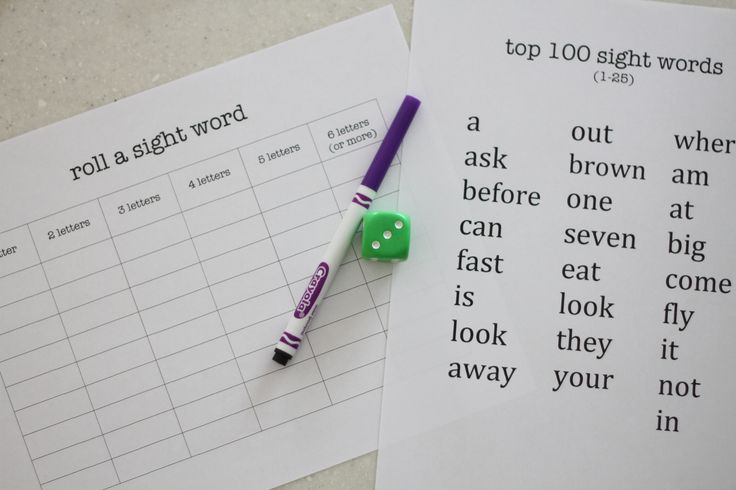
Some children will study for six months and start reading at three, others have to wait a couple of years to learn in just a month. Focus on the interests of the child. If he likes books and pictures, then primers and Folders will come to the rescue. If he is a fidget, then cubes and the Montessori system are better suited.
In learning to read, everything is simple and complex at the same time. If your child often sees you with a book, you have a tradition of reading before bed, your chances of getting your baby interested in reading will increase significantly.
See also 🧐
- How to teach a child to keep promises
- How to teach a child to say the letter "r"
- How to teach a child to ride a bicycle
- How to teach a child to swim
- How to teach a child to write
How to teach a child to read
Anna Kondrashova
taught my son to read
Author profile
At 3. 5 years old, my son was presented with a plate with letters, and he began to ask about them. Then I bought him a primer.
5 years old, my son was presented with a plate with letters, and he began to ask about them. Then I bought him a primer.
I was worried that it was too early to read, but I did not find a single sensible article about when exactly it would be time. I myself learned to read at the age of four, but it was hard for me: I didn’t like the black-and-white primer, and instead of reading I wanted to go play.
So I decided to just try to read with my son, and if it doesn't work out, return to the primer later.
At that time, it really didn’t work out to teach my son to read: we went through only 4-5 letters, but he still didn’t understand how to combine them into syllables. After several attempts, we gave up reading.
When my son was four, I took out the primer again. Progress was felt: the syllables grew together, the son learned more letters, but now he began to confuse them. And during classes, he constantly said that he was bored. I realized that it is still too early.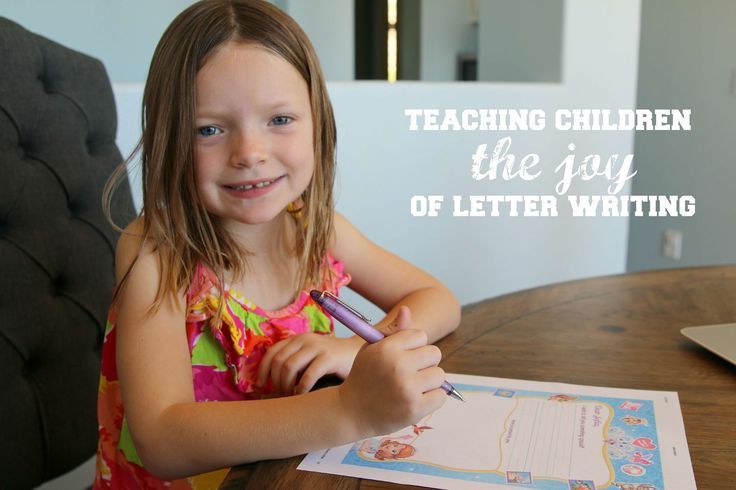
As a result, at 4.5 years old, the son himself found a primer and said that now he would definitely learn to read. And so it happened. I’ll tell you what else I used for training, what I understood about it and what difficulties we encountered.
The same plate that aroused my child's interest in lettersWhat primer we used
I'm not a teacher and had no idea what it takes to learn to read. Friends with older children advised educational cartoons and apps, but I didn't want my son to sit in front of the screen once again. There were too many games and educational kits in the stores, and I did not understand which were good and which were not. So I decided to teach my son the old fashioned way - the primer, and not spend money on the rest.
Three friends at once recommended Nadezhda Zhukova's primer to me. I found reviews about it on the "Labyrinth" and looked at the photos of the pages there. On the cover it was written that the primer was compiled according to the logopedic method. I didn't know what that meant, but I decided it was probably good.
I didn't know what that meant, but I decided it was probably good.
/guide/books-for-children/
How to choose the perfect book for your child
It was more important for me that the primer had beautiful, bright, and sometimes funny illustrations. After all, it was the black-and-white primer that repelled me in childhood. I also noticed that Zhukova's texts are much more interesting than those that I remembered from the primer of my childhood. Mostly, these were funny stories about animals and even riddles, which my son loves very much.
In general, I did not hesitate for a long time, but ordered this particular primer. It was cheapest of all at Wildberry - I gave 312 R.
These publications are absolutely identical in content - you can take any. Except perhaps a paperback mini primer, small format and twice as light in weight. We had the first one: it has the most reviews. Source: labirint.ru Here are some funny illustrations in primer Later I was not disappointed in this primer.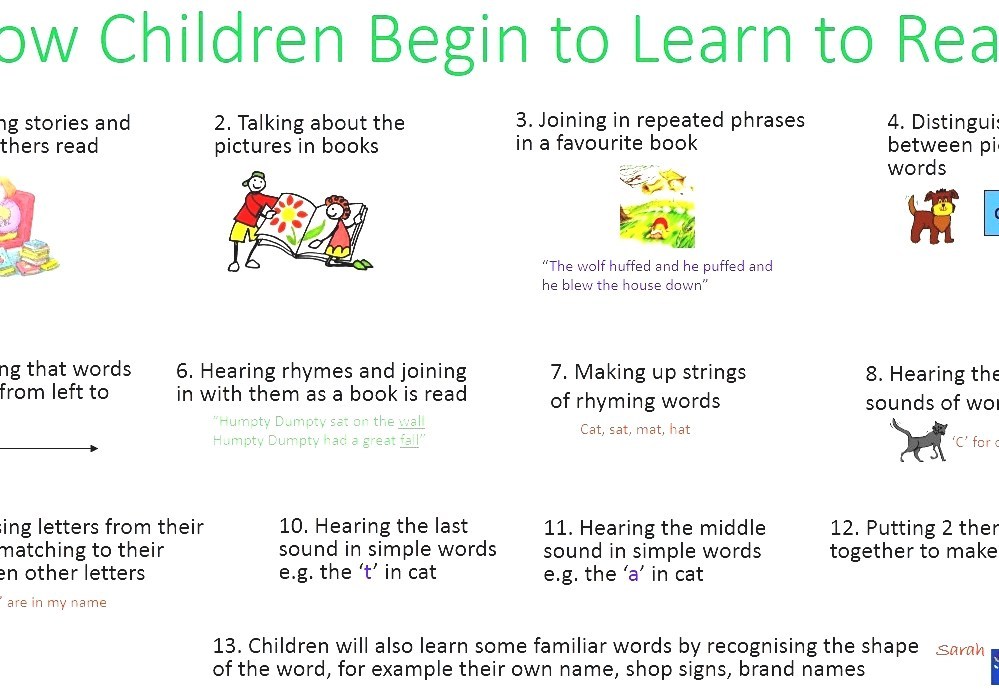 As an editor, the only thing that annoyed me was dots at the end of headings: according to the rules, they should not be.
As an editor, the only thing that annoyed me was dots at the end of headings: according to the rules, they should not be.
I also didn't like the fact that rare names like Goga, Lusha and Mura came across in the primer. In 30 years of my life, I have not met a single person who would be called that. And the son constantly asked: “Is this a girl or a boy?”
And one day I was put into a stupor by his question: “Why is it written ‘sons’ here? That's right, "sons." But I got off with an explanation that a very, very long time ago people used to say that.
Otherwise, I consider Zhukova's primer just excellent.
How the primer was arranged
I still don't understand what exactly was the speech therapy method of the primer, but it was not like the usual alphabet, in which the letters follow the alphabet.
The very first were the vowels A, U and O and the consonants M, C and X. Probably, according to the author, they are most often found in speech and most children pronounce them without problems.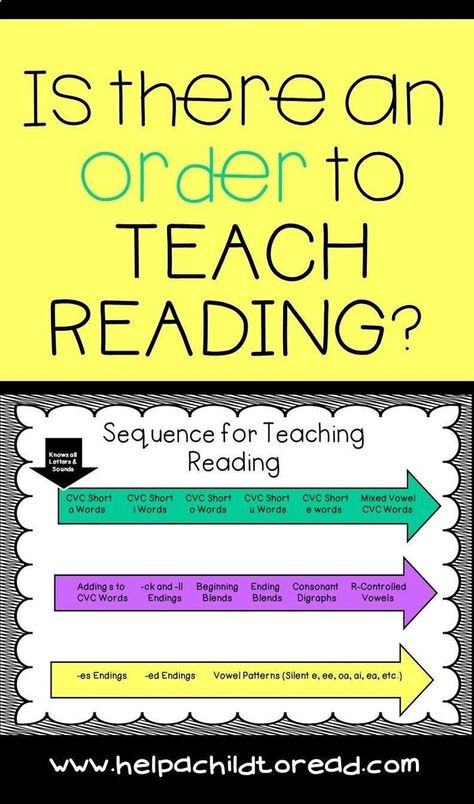
Iotated vowels E, Yu and Ya came closer to the end. I think because in different cases they are read differently, and it is not easy for a child to learn this. There were also b and b at the end, and the rest of the letters were in the middle of the book.
I liked how the author of the primer explained combining letters into syllables The book contained useful recommendations for parents, for example, tasks for games with the magnetic alphabetThis learning system suited my son. Unlike the first attempts, this time he quickly memorized all the letters and easily combined them into syllables. Difficulties were only with the ill-fated letter Y, and I don't understand why. And when he finally learned it, he confused it with P several times. Probably, the fact is that the Y part looks like an inverted P.
My son did not immediately remember what the letters b and b do, and I explained it crumpled. It was also difficult for me to explain to him why in some cases I am [ya], and in others - [a] and softens the previous sound.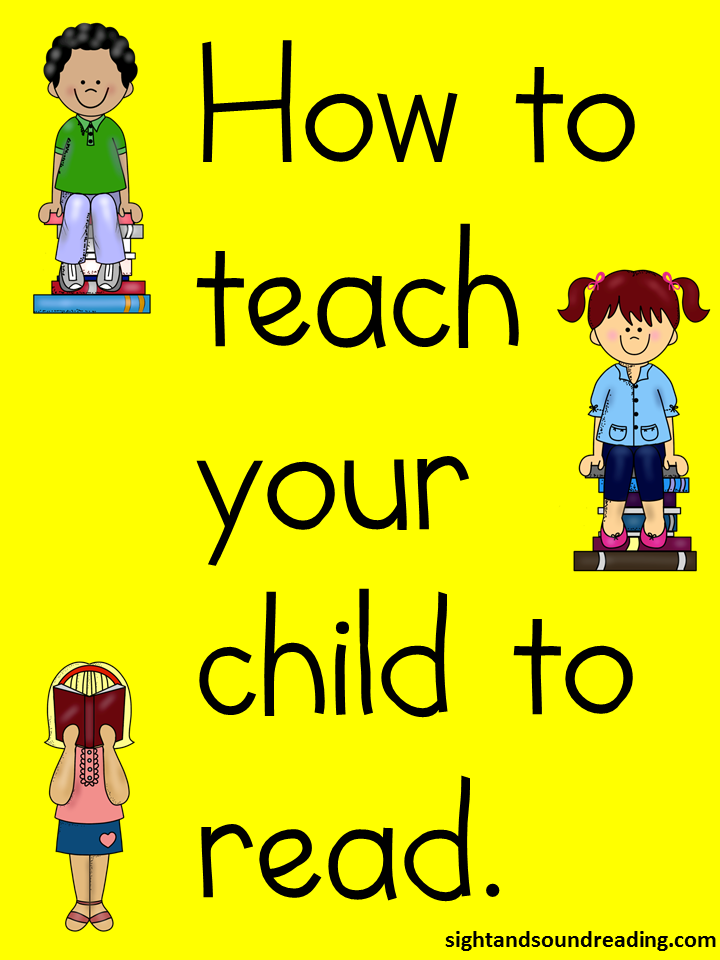 To do this, I would have to tell what vowels and consonants are, but I was not sure that a four-year-old child needed this. Fortunately, in the end, he understood everything intuitively and now reads correctly.
To do this, I would have to tell what vowels and consonants are, but I was not sure that a four-year-old child needed this. Fortunately, in the end, he understood everything intuitively and now reads correctly.
How we studied
My son asked me to read the primer only a few times. Usually I offered myself, but he almost never refused. In general, his attitude to classes could be described as "I don't mind." It is clear that it was more pleasant for a four-year-old child to play and watch cartoons, but reading did not cause disgust either - this is what I used.
We tried to read every weekday, right after kindergarten. But I didn’t force my son to study if he didn’t want to or was sick, and I didn’t read with him when I wasn’t in the mood myself. We had nowhere to hurry, and sitting down to a lesson on nerves would be harmful to both me and him. Somehow we had a break for three whole weeks, and then we calmly returned to the primer.
/list/kids-dev-apps/
Read, Count and Explore Space: 14 Educational Apps for Kids
We read each time until our son said he was tired.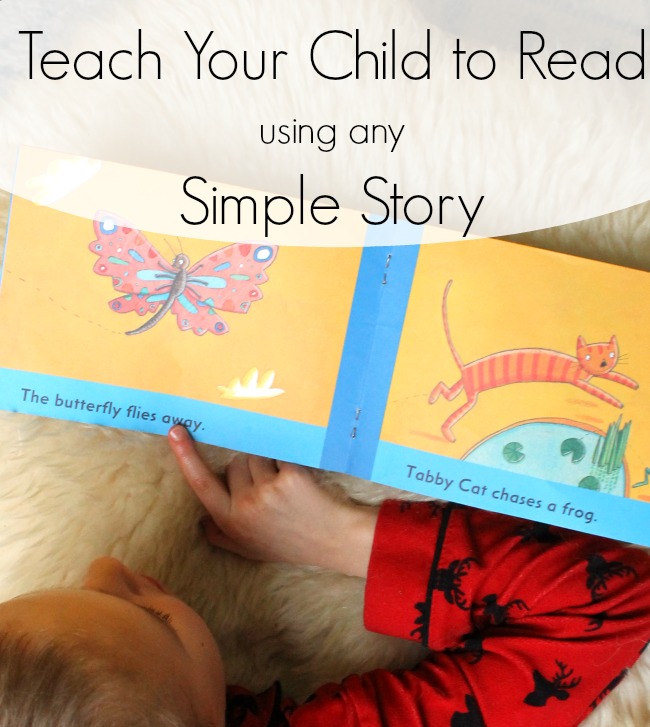 Usually his strength was enough for a page, for about 10 minutes, and then we played. I think that such lessons are quite enough for a four-year-old child.
Usually his strength was enough for a page, for about 10 minutes, and then we played. I think that such lessons are quite enough for a four-year-old child.
I realized that having a weekend is a must: they are needed not only for relaxation, but also to better assimilate knowledge.
For example, the son for some reason could not remember the letter Y for a long time, and when it came across in a word, he fell silent. This went on for several days - neither games nor repeated reading of the pages in the primer helped. But then the weekend came, and we didn't study. And on Monday they left the kindergarten, and the son suddenly read on the gate: "Exit".
Since then, if something didn't work out, I took breaks in training even in the middle of the week. These days, the son did not remember about the primer, but then he sat down at it without any problems - and for some reason everything went like clockwork.
What additional materials did we use
After rummaging through toys, I found a lot of auxiliary materials at home - relatives gave them to my son almost from birth.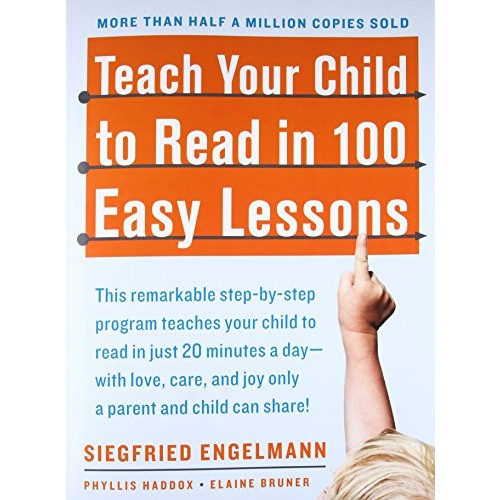 Look for it - you probably have many similar ones. Here's what worked for us.
Look for it - you probably have many similar ones. Here's what worked for us.
Magnetic lettering easel. When we went through a new letter in the primer, I gave my son its magnetic figurine as a reward. So he enthusiastically collected a collection of them.
Growing easel with magnetic letters - 2340 R
When there were about ten letters passed, we made up new words and small addresses to each other from them. I think it was useful for learning, and with the help of the alphabet, the son memorized letters faster.
The only thing I didn't like about our set was that initially the letters were separate from the magnets. And the latter had to be hammered in.
I think you can take any magnetic alphabet. We had such a at home. Cubes with the letters could be used for games, like the magnetic alphabet. I also suggested that my son make words out of them - my imagination was not enough for more. But he was more interested in playing with the alphabet, so we ended up not using cubes. Now I gave them to my friends.
Now I gave them to my friends.
Educational cards. We had a set where each card had objects and animals with one letter. My son had fun looking for them and naming them. And we competed to see who could find the most.
Set of cards "Letters" — 180 R
I think thanks to this set my son learned to highlight the right sound at the beginning of a word. Source: detmir.ru"Letterfoot" from the IQ series is an educational notebook with interesting tasks related to letters. They need to be looked for in pictures, colored and made up of disparate halves. My son loves developing notebooks very much, so he also completed these tasks with pleasure. And at the same time, he remembered letters better.
Manual "Letterfoot" - 83 Р
"Shaggy alphabet" by Boris Zakhoder - a cycle of poems about animals for each letter of the alphabet. When we passed the new one, I read the corresponding poems to my son. And before that, he looked for the animal in the picture for the desired letter - like on cards.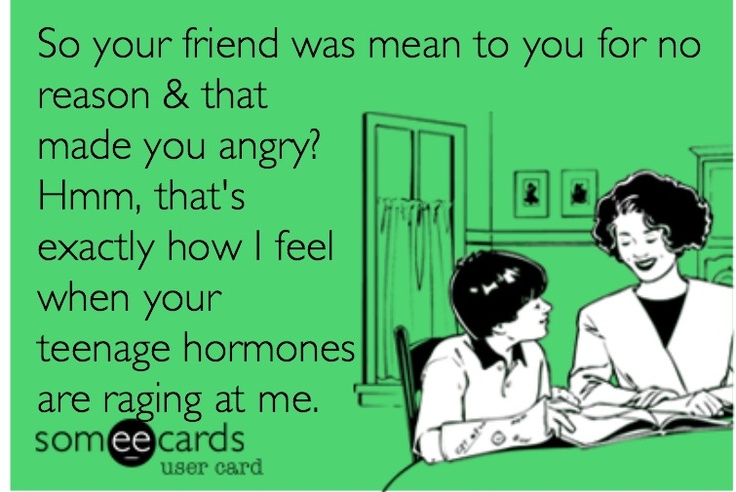 I think it made the learning process more fun and varied.
I think it made the learning process more fun and varied.
"Poems and Tales" by Boris Zakhoder - 442 Р
The notebook contained labyrinths, coloring books and many interesting tasks The son did not know all the animals from the "Shaggy ABC", but he was still interestedWhat rules did I follow
I didn’t know how to teach a child to read correctly, but I didn’t want to look for some videos or articles: this or that method might not suit my son. Therefore, I was guided only by recommendations from the primer, common sense and my observations.
As a result, we completed the primer in four months, including weekends and breaks, and my son easily mastered reading skills. Here are the rules that helped us with this.
Learn transcription, not letter names. For example, say that L is [l] and not [el]. And Sh is [w], not [sha]. I understood this even before I read the recommendations for parents in the primer.
The fact is that many of my friends first learned the alphabet with their children, and then took up the primer. This was also influenced by musical toys, which have built-in songs with the alphabet. As a result, the children read the word "mom" as [uh-uh] and did not understand how to combine letters into syllables. It was difficult to retrain them.
This was also influenced by musical toys, which have built-in songs with the alphabet. As a result, the children read the word "mom" as [uh-uh] and did not understand how to combine letters into syllables. It was difficult to retrain them.
I did not repeat this mistake. As a result, my child still does not know the alphabet, but he can read. I don’t understand why he needs to know him at all and what is useful in this. But if necessary, he will learn it at school without any problems.
Take your time. I have already mentioned that we threw the primer twice before we finally overcame it. I believe that the child's brain must mature to read, otherwise the process will be painful. I waited until my son was completely ready to read, and it was easy for him. He felt that he was succeeding, and constantly experienced situations of success.
Do not prompt. Sometimes the son confused the letters or did not read, but thought out the endings of the words.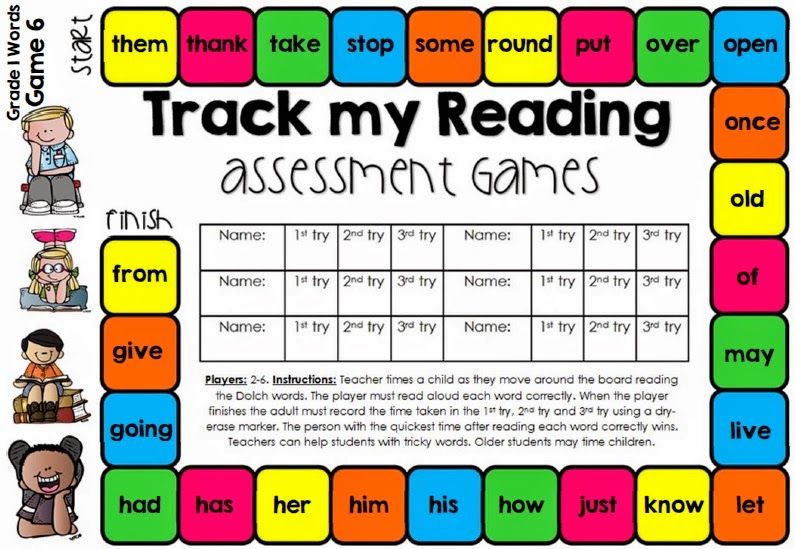 Each time I struggled with the temptation to immediately show where the mistake was, and patiently waited for my son to finish the whole word. After that, he himself often realized that he had incorrectly placed the stress or mixed up the letter. And if not, I gently asked to reread the word again, only more carefully. As a result, over time, the errors became smaller.
Each time I struggled with the temptation to immediately show where the mistake was, and patiently waited for my son to finish the whole word. After that, he himself often realized that he had incorrectly placed the stress or mixed up the letter. And if not, I gently asked to reread the word again, only more carefully. As a result, over time, the errors became smaller.
Praise and encourage. Every time after class, I told my son that it was pleasant and interesting for me to study with him. That he is a great fellow and quickly remembers everything. And what didn’t work out today will surely work out later. He loves praise, so he left in a good mood.
/list/parents-reading/
10 books to read to future parents
At first, after each lesson, I gave him something small: a sticker or a treat. But by the middle of the primer she stopped, so that her son would get used to reading not for the sake of gifts. And he didn't even remember them.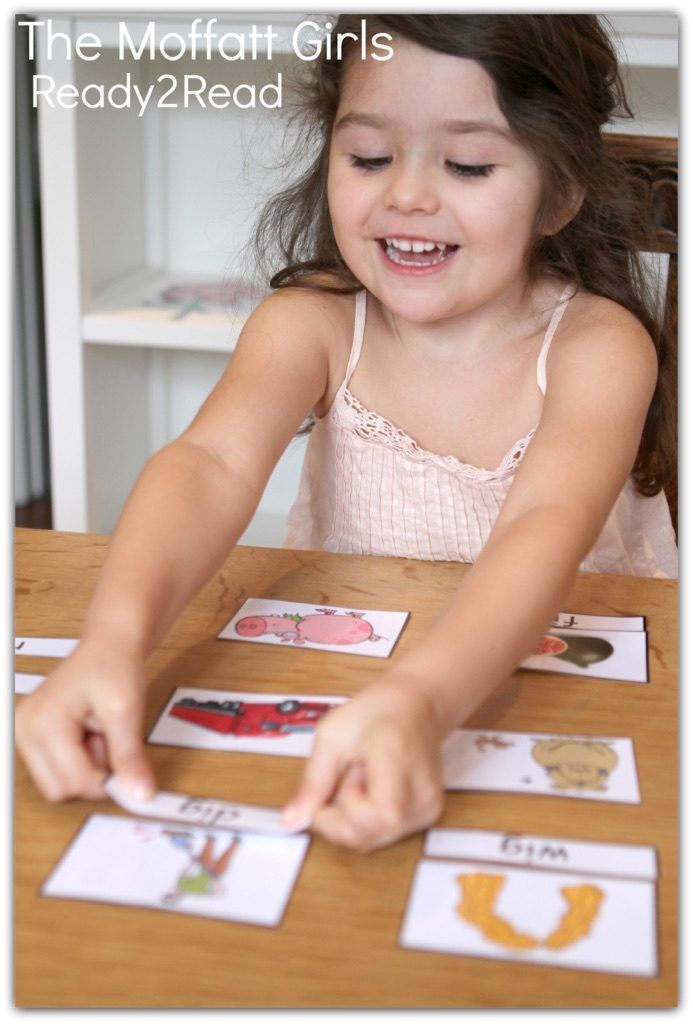
Only when we were finishing the primer did I promise him a mini-holiday: I bought a building kit that he had wanted for a long time, a coloring book and some treats. So we celebrated farewell to the primer.
Read all around. When we went through all the letters, on walks and on the way to kindergarten, my son read all the signs, and in supermarkets - the names of the products that we bought.
And when we were finishing the primer, our son was presented with a quiz game. He wanted to read the questions on the cards himself: they were just short, simple and with familiar words. So he additionally practiced reading.
Quiz game "Nature" - 215 R
The same quiz that my son liked. I wanted to buy another one, but I did not find anything similarWhat were the difficulties
Speech therapy. My son does not pronounce four sounds, and I decided to consult with the educators whether it is worth taking them in the primer.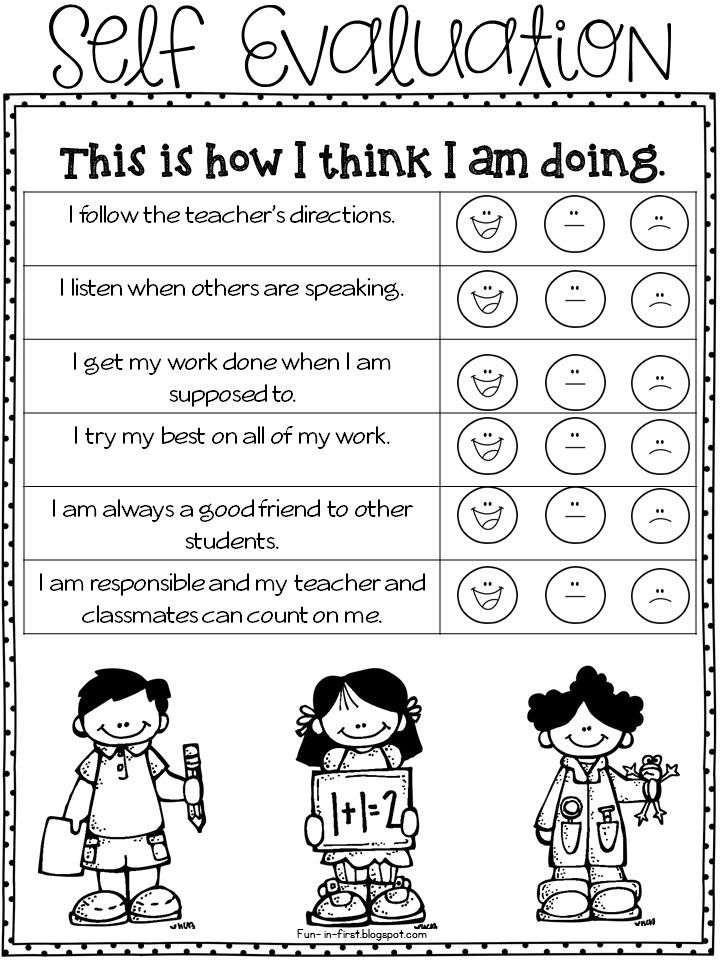 They had not yet been engaged in reading, but I was still interested in the opinion of teachers. They advised me to skip complex letters, but I flipped through the primer and realized that this was impossible: they would constantly appear further in words. I don’t know if I did the right thing, but I didn’t miss anything. Now the son reads these letters as incorrectly as he speaks.
They had not yet been engaged in reading, but I was still interested in the opinion of teachers. They advised me to skip complex letters, but I flipped through the primer and realized that this was impossible: they would constantly appear further in words. I don’t know if I did the right thing, but I didn’t miss anything. Now the son reads these letters as incorrectly as he speaks.
We recently hired a speech therapist for him, and she said that nothing terrible had happened. According to her, when the sounds get into speech, the son will begin to pronounce them correctly while reading. And so it happened.
/list/biggest-investments-in-your-kid/
5 large and non-obvious items of expenses for a child that are better planned
The breakdown into syllables interfered. In the primer they were separated by a hyphen, and at first this helped my son. But by the end of the primer, the texts became longer, and the breakdown increased them even more.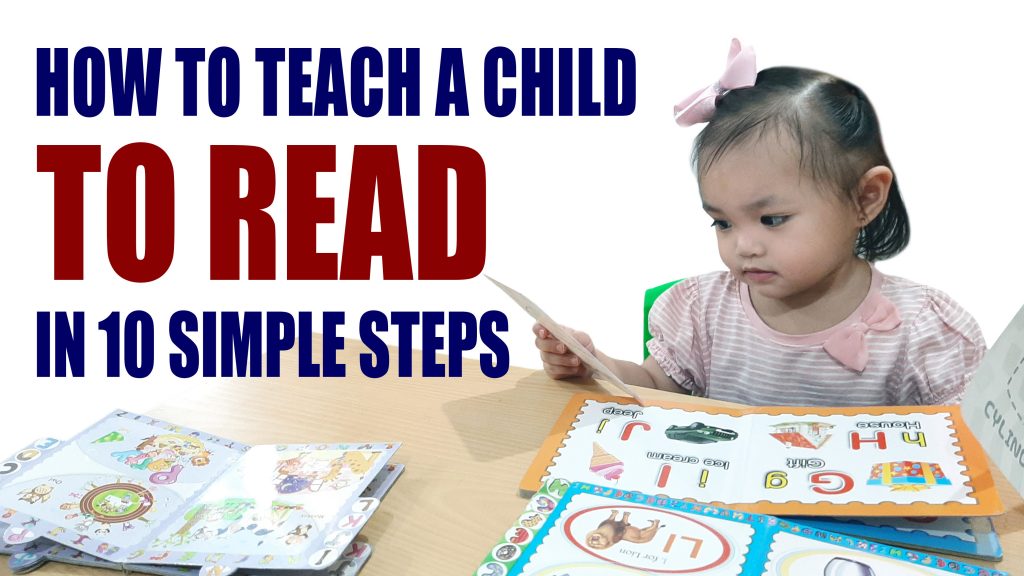 Even to me, they seemed like a terrible mess of syllables, and the child often said that he could not read it.
Even to me, they seemed like a terrible mess of syllables, and the child often said that he could not read it.
Then I used two tricks: I suggested reading at least the title of the text or looking at the picture. One always worked. For example, one of the texts was called "Teapot-Chief" - the son laughed and immediately wanted to know why he was the boss. He was also interested in the title “Pig Fefela”: the son decided that there would be something funny in the text. Unfortunately, the text turned out to be instructive: it said that you can’t pick flowers and litter - only pigs do that. But my son still read it to the end.
If the headlines didn't help, I asked questions to the pictures next to the texts. For example: “Why do you think the hedgehog laughs and the cat cries with needles in its paw? Why is there a huge bump on the cat’s forehead in the other picture?” This also motivated my son to read.
At the same time, I noticed that he reads signs on the street and quiz tasks faster, although the words are not broken down there.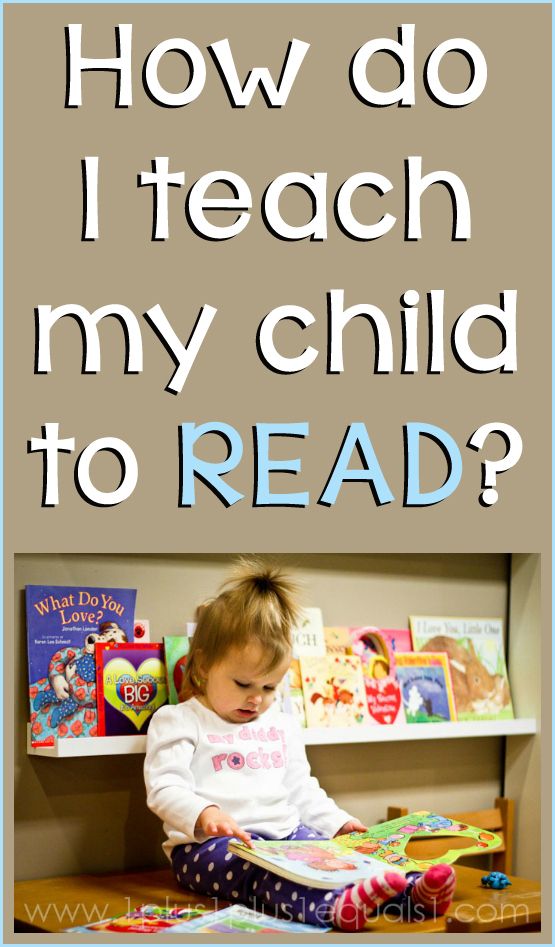 And I realized that she was bothering him. Then I briefly told him about five or six letters that we did not have time to go through, bought a book to read without breakdown and wanted to completely abandon the primer. But the son mixed up the letters that we didn't go through well and didn't understand the meaning of the text. So the book had to be put aside and tormented by the primer to the end.
And I realized that she was bothering him. Then I briefly told him about five or six letters that we did not have time to go through, bought a book to read without breakdown and wanted to completely abandon the primer. But the son mixed up the letters that we didn't go through well and didn't understand the meaning of the text. So the book had to be put aside and tormented by the primer to the end.
The son was missing a line. When the son finished reading the line and moved on to the next one, he could accidentally put his finger lower than necessary. So he skipped one or two lines and did not understand the text.
I remember from childhood that many classmates put a ruler under the line and then moved it. I was also tempted to show my son this trick. But I was afraid that he would get used to the ruler and it would be difficult to wean him from it. So I just made sure that he did not lose lines, and after a couple of months the problem disappeared by itself.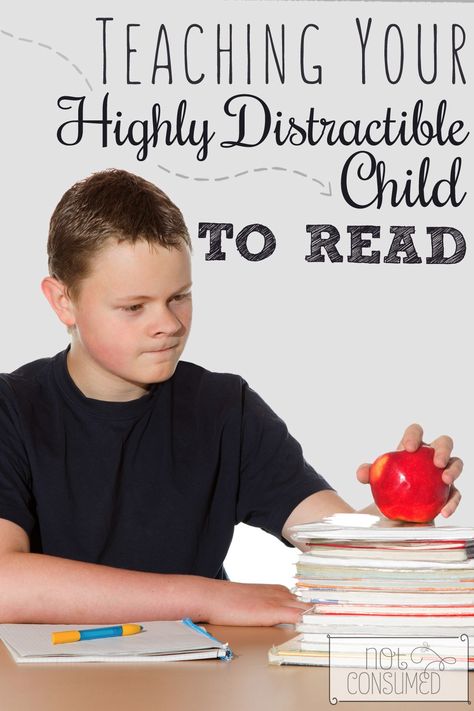
What my son is reading now
When the primer was coming to an end, I started looking for a book to read so that my son could use it to improve a new skill: he learned to read faster and in whole words, not by syllables.
But it was not easy to find a good book. Although I had only three criteria:
- Price within 300 R. I understood that my son would hardly re-read such a book, and did not want to pay more.
- Lack of syllables and stress marks.
- Texts that will be of interest to a five-year-old boy. Ideally, fairy tales.
There were a lot of good reviews on "Ozone" about "I Read Myself" books. But a set of 35 pieces cost about 2700 R, and there was little text. I figured that my son would read everything in a week, and regretted the money.
Another acquaintance told me about the addition to Zhukova's primer - "The first book to read after the primer." But I looked at the photo of the pages on the "Labyrinth" and realized that it would not suit my son. There were many verses of the classics, including those with obsolete words, and texts in the spirit of encyclopedias. Some of them even I was bored to read - not like a five-year-old child.
There were many verses of the classics, including those with obsolete words, and texts in the spirit of encyclopedias. Some of them even I was bored to read - not like a five-year-old child.
/list/first-books/
Self Reading Books: 13 Choices for Children of All Ages
This is the kind of book my son would read in a couple of minutes. And I didn't spend money on it. Source: yachitayusam.ru Maybe at school, the son will be interested in such texts, but definitely not now. Source: wildberries.ruAs a result, I accidentally stumbled upon Ozone's book by Elena Bortnikova "We read fairy tales after the primer". It was a collection of 34 paperback tales that cost only 109R. He became a real find!
“We read fairy tales after the primer” by E. Bortnikova — 188 R
The book has many vivid illustrations, fairy tales are written in simple language, and they contain short sentences. Each fairy tale takes up a little more than a page, and the son masters it at a time.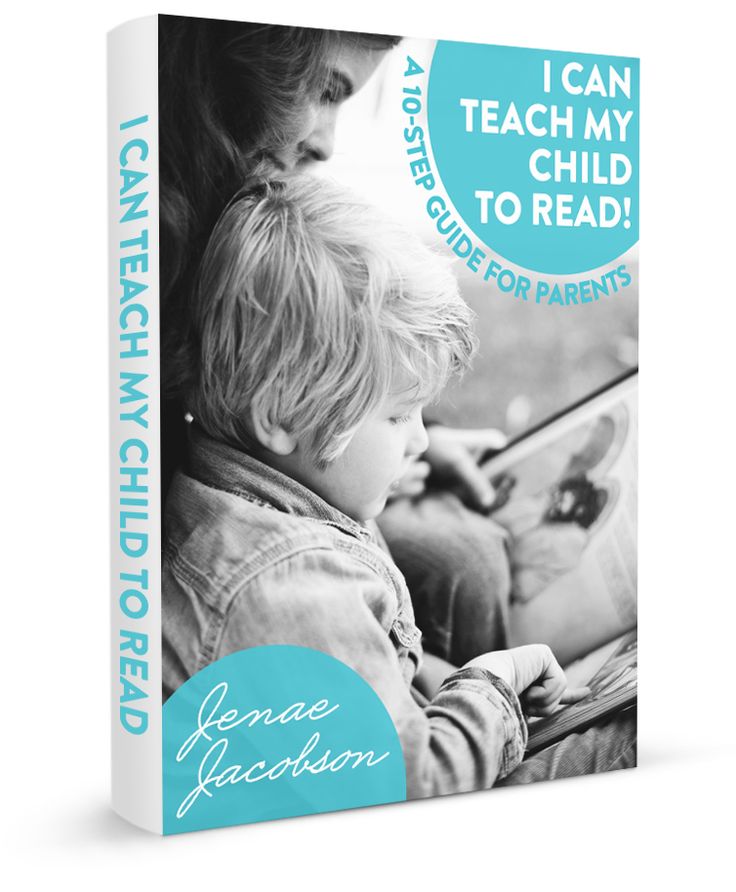 It usually takes half an hour, but the son gets tired only towards the end.
It usually takes half an hour, but the son gets tired only towards the end.
He likes the plot of fairy tales: they are mostly about the adventures of animals and toys. And at some moments he laughs heartily. But the main thing is that he reads each new fairy tale a little faster than the previous one. So, I hope that by the end of the collection he will greatly strengthen his reading skills and be able to master the fairy tales that I am reading to him myself.
At the end of each fairy tale by Bortnikova there is a question about the content. It helps to determine whether the child understood the meaning of the textMy conclusions
I often heard from my acquaintances with children that it is better to come to school already reading. And I remember how easy it was for me myself in the first grade: I already knew how to read about myself and quickly understood the meaning of tasks in textbooks. So good grades were easy for me. I wanted my son to have the same in two years, so I began to work with him in advance.
I was convinced that in order to teach a child to read, it is not necessary to be a teacher or hire tutors. There are enough recommendations in the primer, and they are easy to follow. And most importantly, reading lessons do not take much time. We studied for only 10 minutes - and the son still mastered the primer.
I also realized that reading lessons do not require large financial investments. I think that in every house there are at least cubes with letters - they already diversify the process. If not, then cards and developmental notebooks can be found within 200 R.
/razvivashki/
In a year I spent 6587 R on developmental notebooks for the child
I think that the main thing in education is to listen to the child, not to force him or overload him. The rest will be done by his natural abilities.
Buying everything for reading myself, I would spend 3760 R
| What came in handy | How much does it cost |
|---|---|
| Magnetic Lettering Easel | 2340 R |
Collection of poems by B.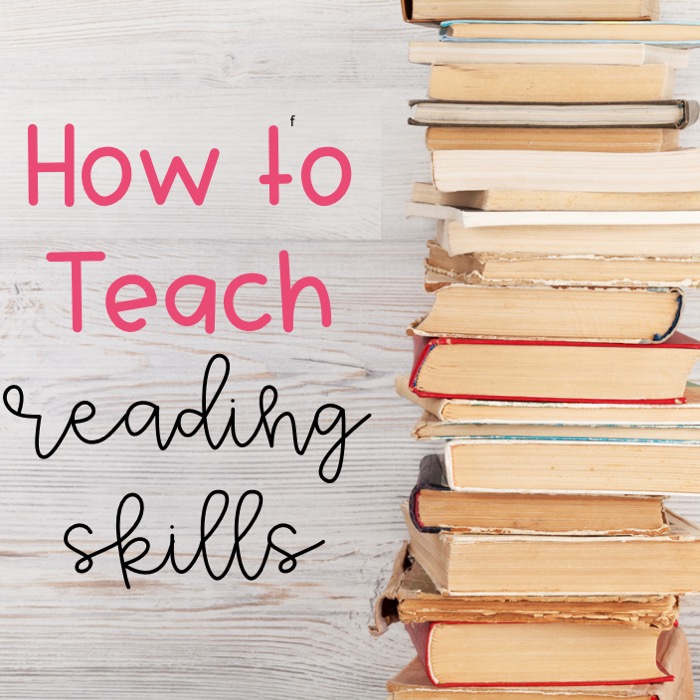 Zakhoder Zakhoder | 442 P |
| Primer N. Zhukova | 312 P |
| Nature Quiz Game | 215 P |
| Collection "We read fairy tales after the primer" | 188 P |
| Letter Card Set | 180 P |
| Letter-footed notebook | 83 P |
What came in handy
How much it costs
Molbert with magnetic letters
2340 R
Collection of poems B. Zakhoder
442 R 9000 »
215 R
Collection“ Read Tales after the Primer ”
188 R
Set“ Letters ”
180 R
Acker“ Lamping ”
83 R
To teach the child to read:
- Wait until he becomes interested in letters.
- Choose a primer: read reviews, ask friends, look at photos of pages. If the pictures are bright and the texts are interesting, you can take it.
- Look for magnetic alphabets, letter blocks, or reading cards at home.
